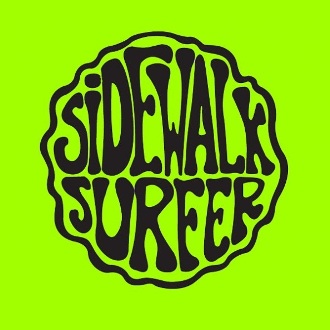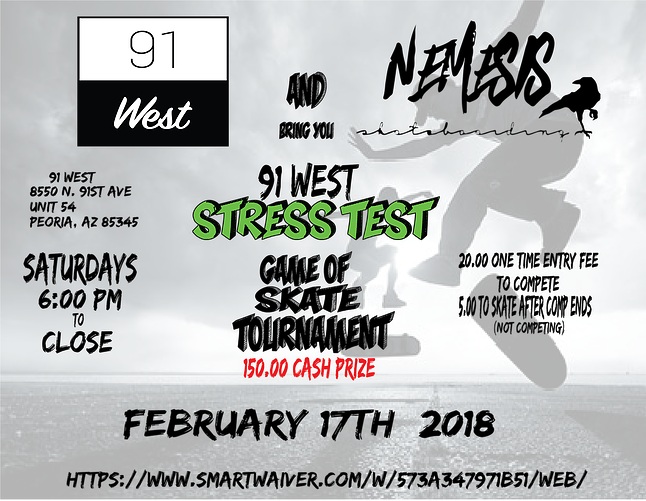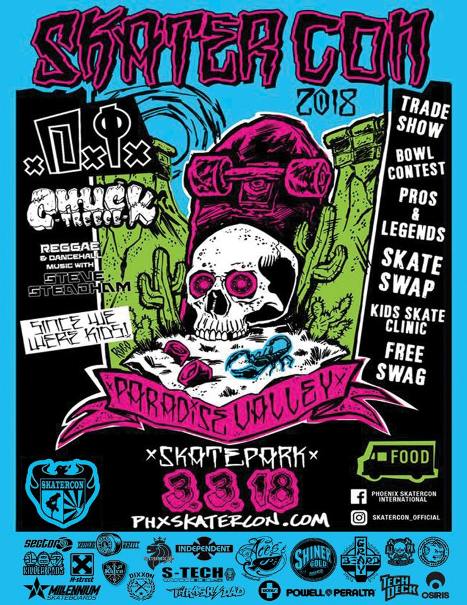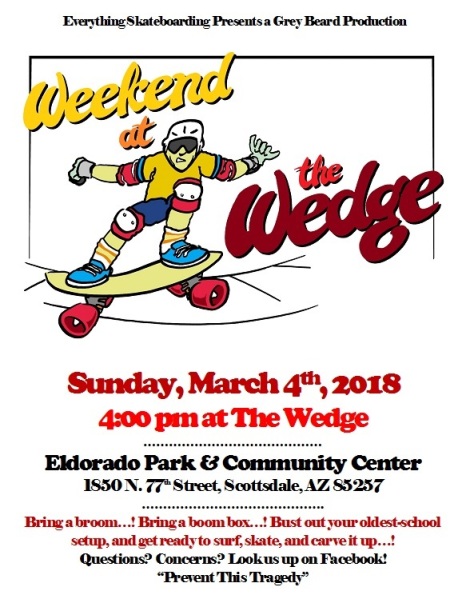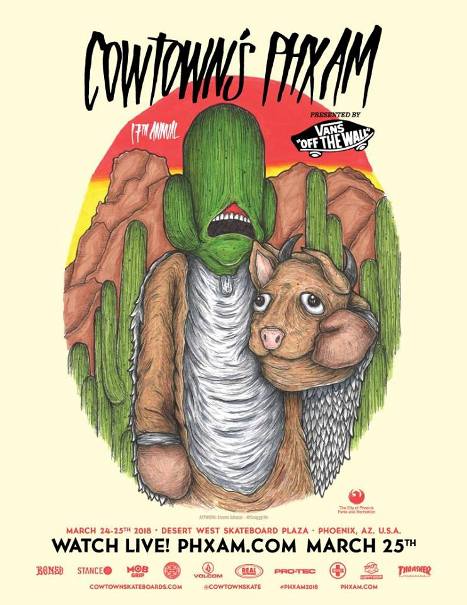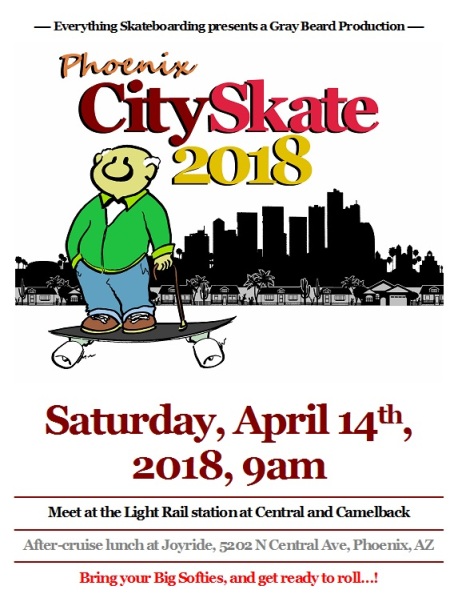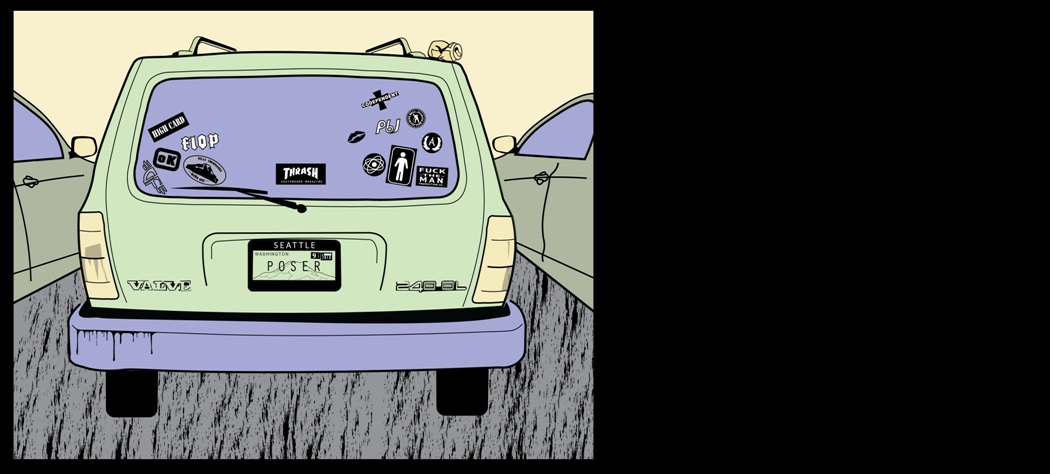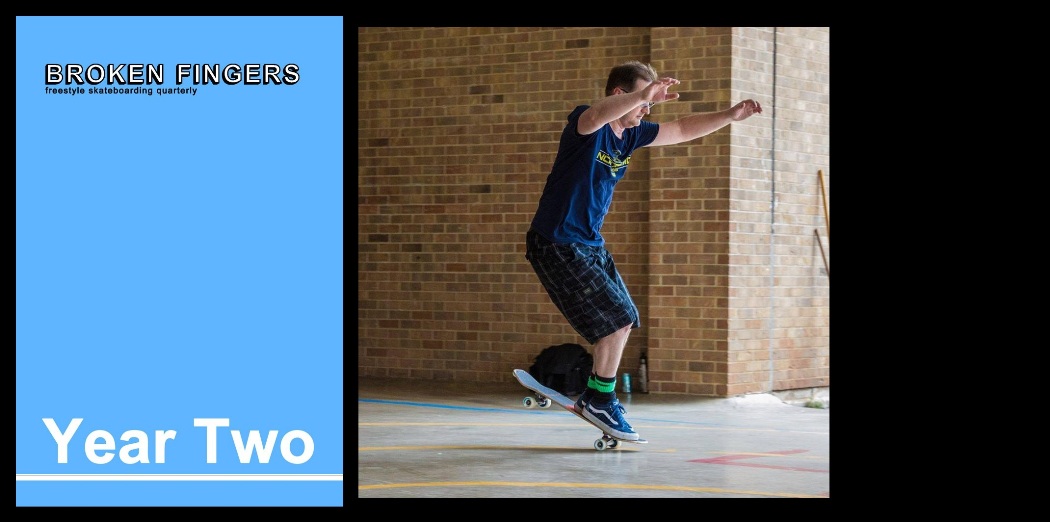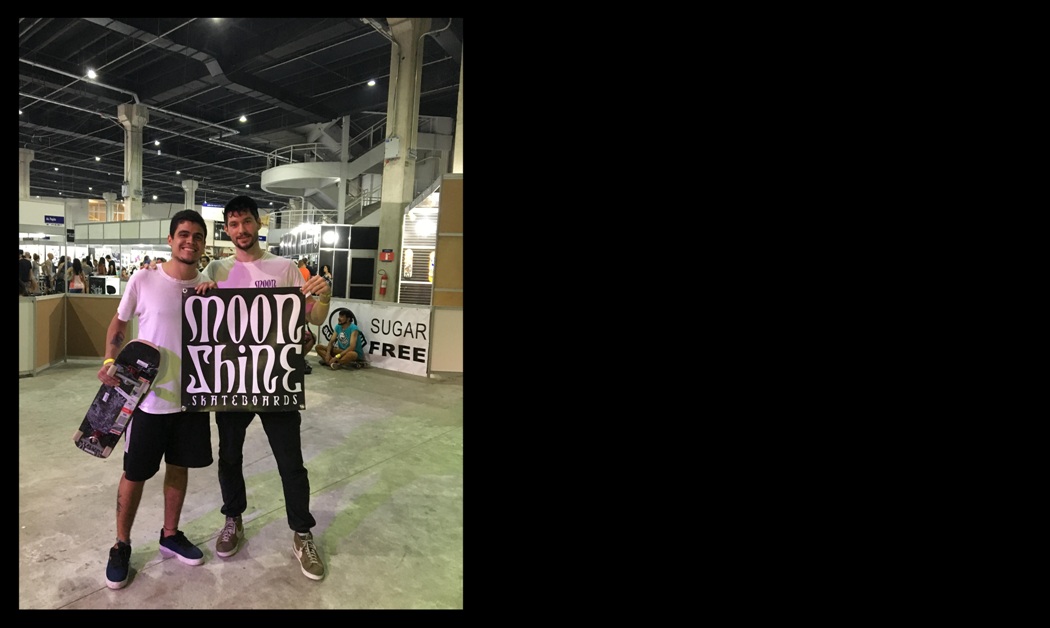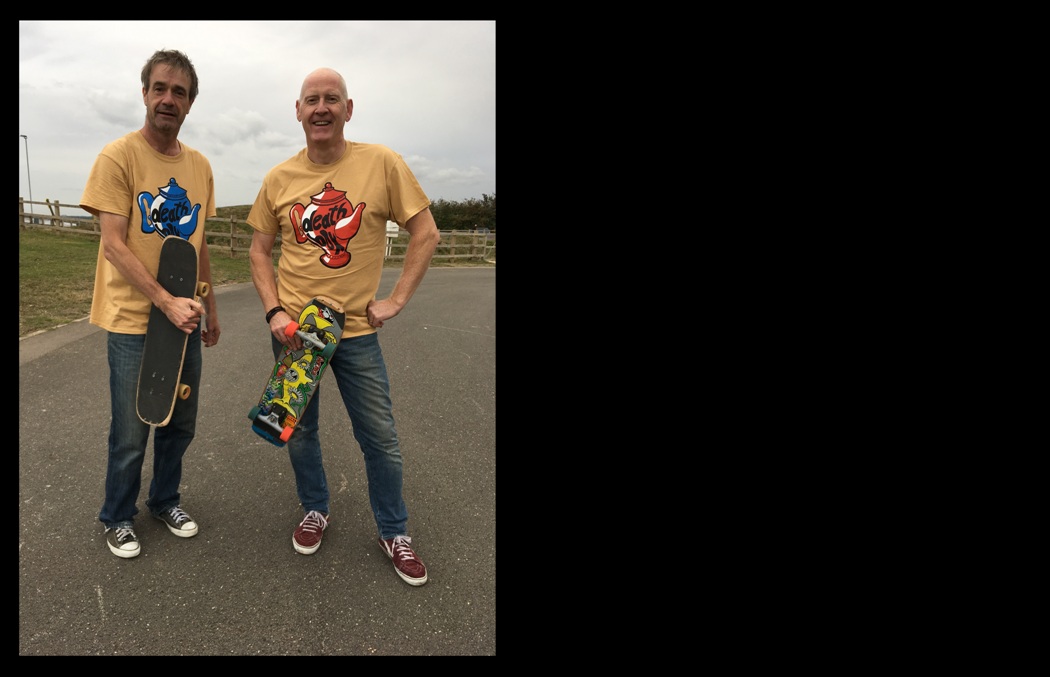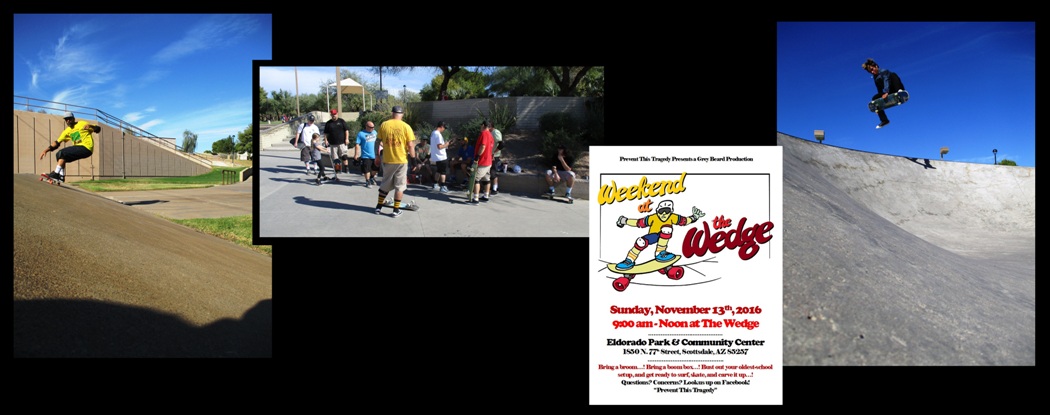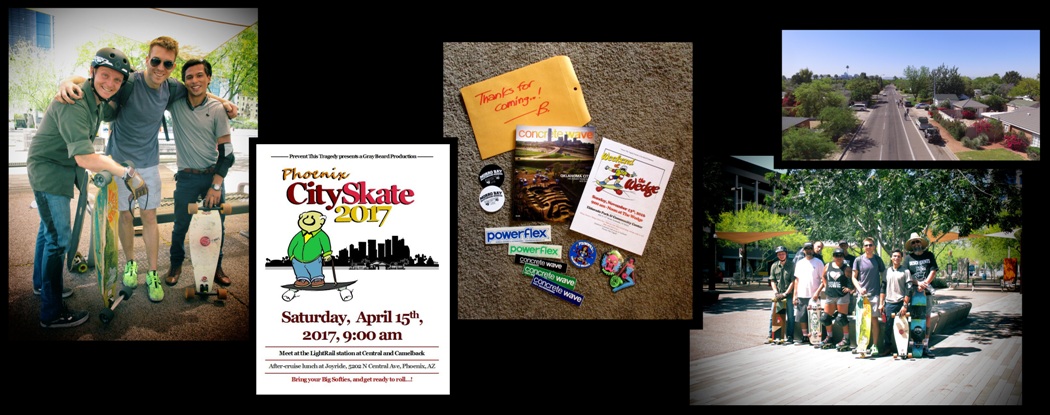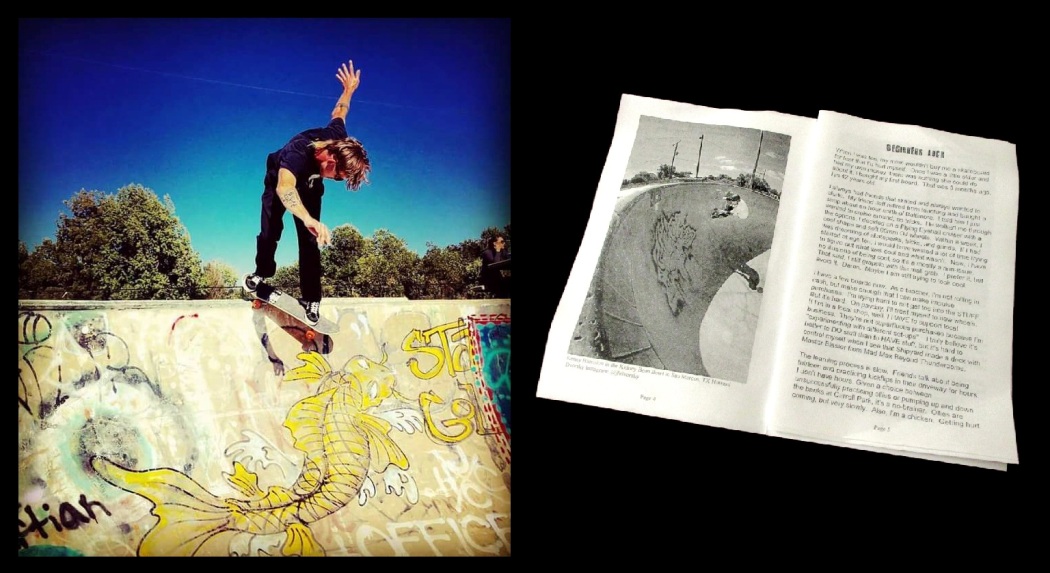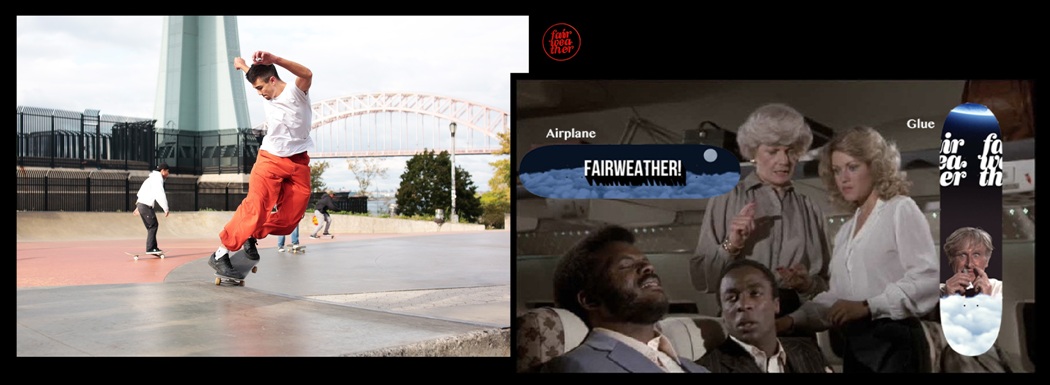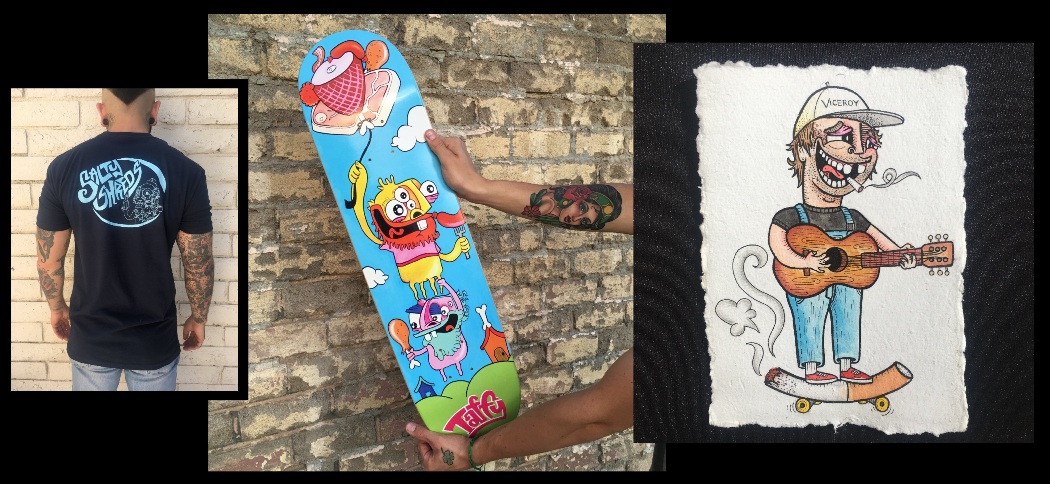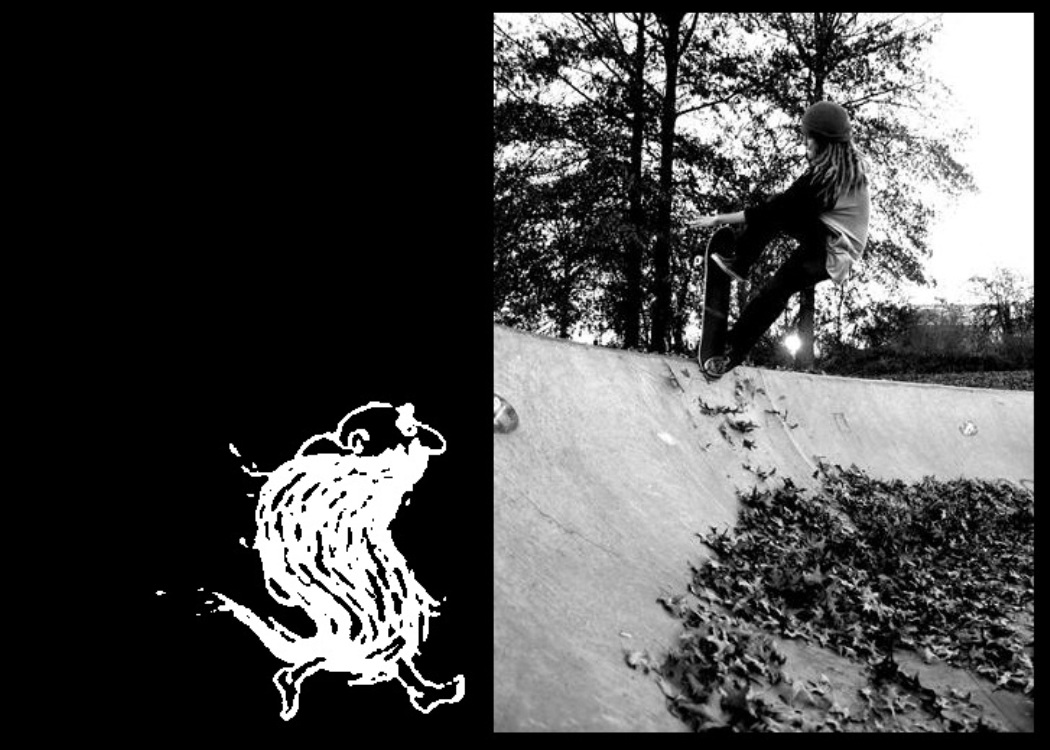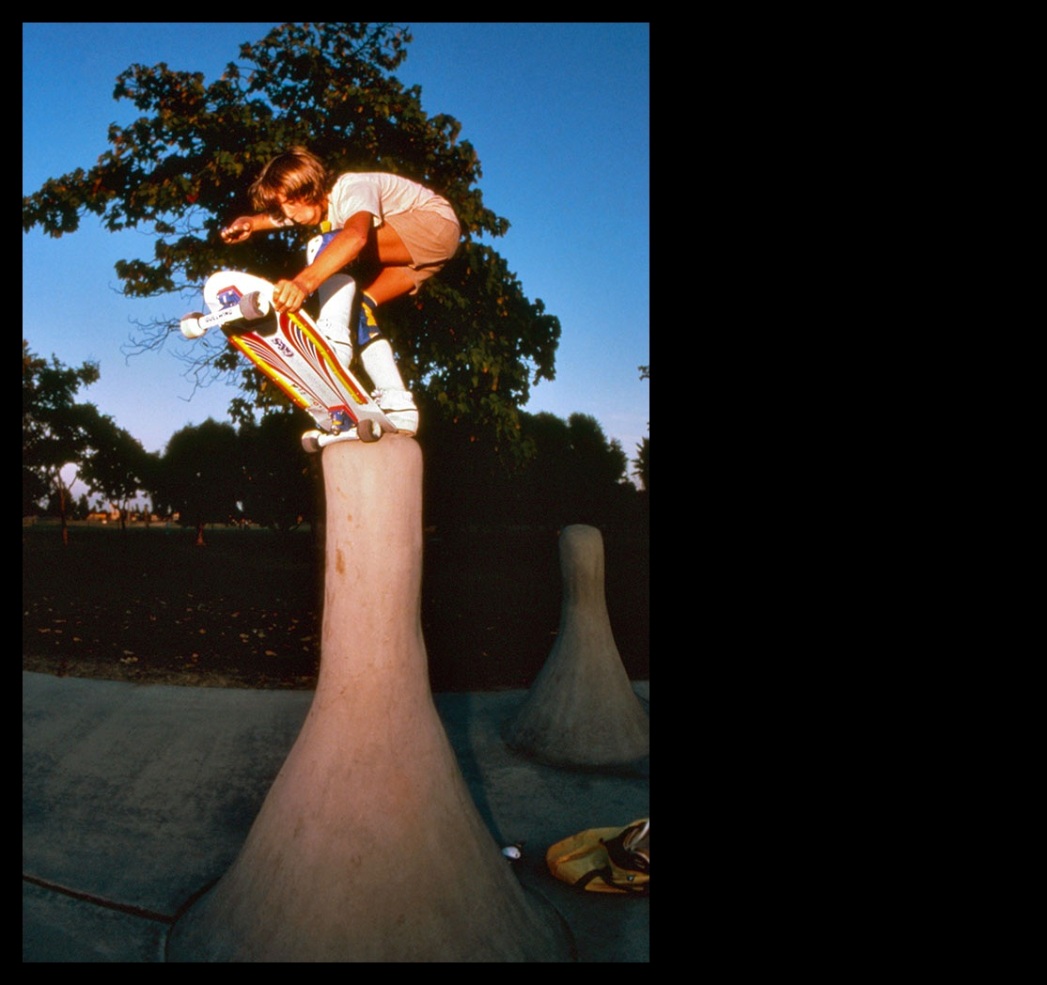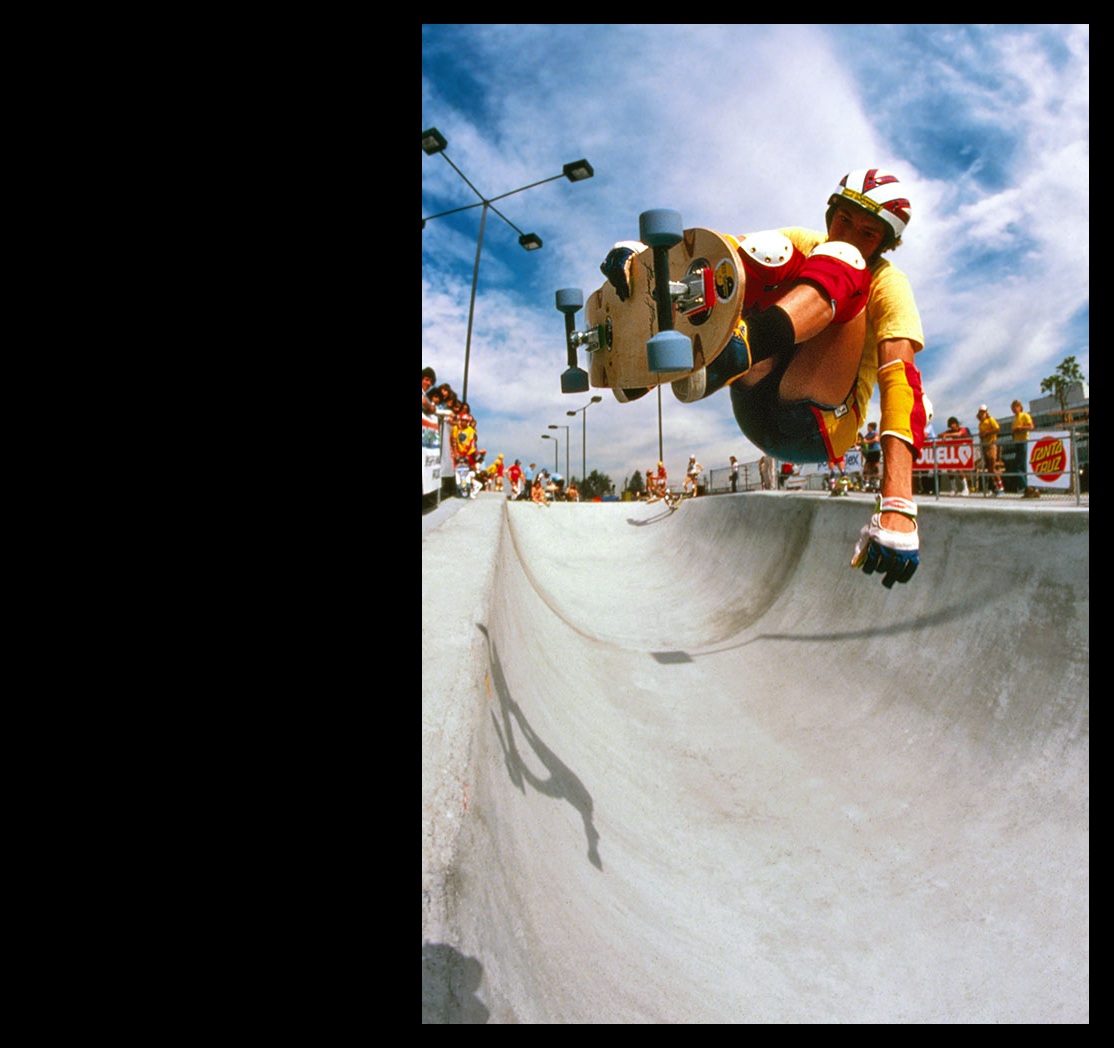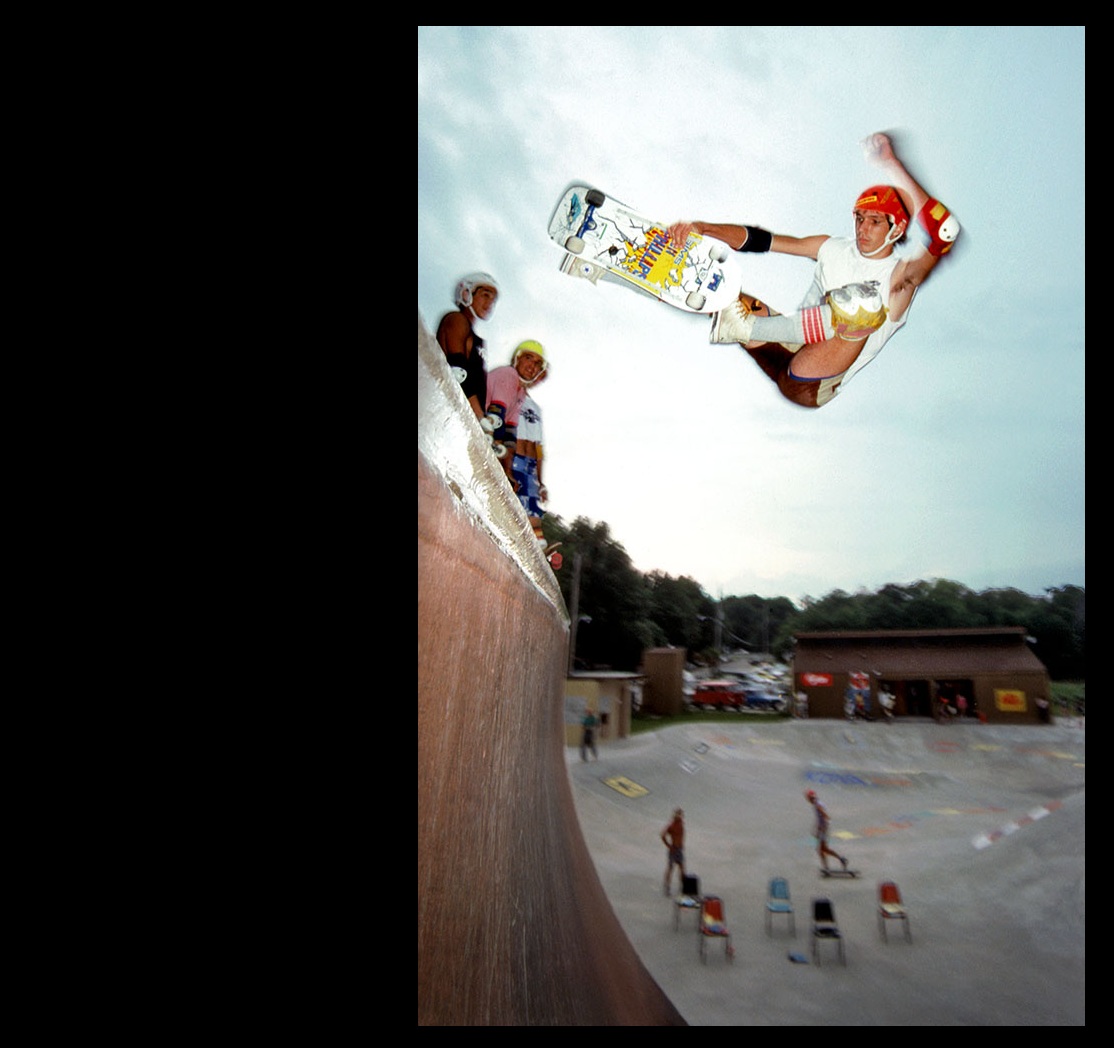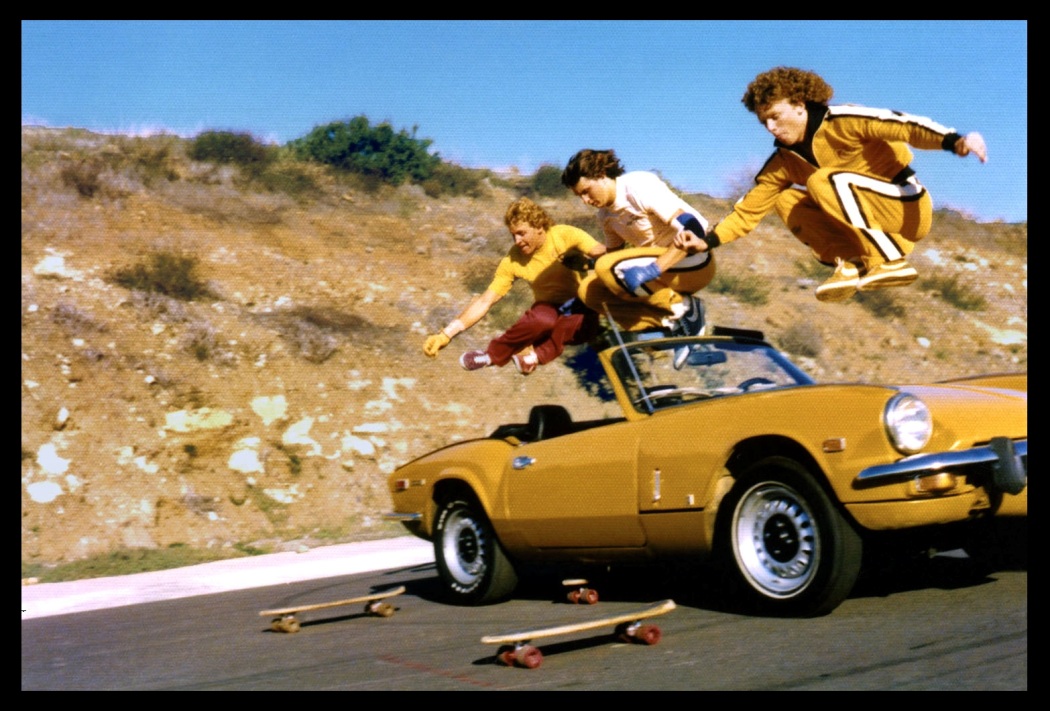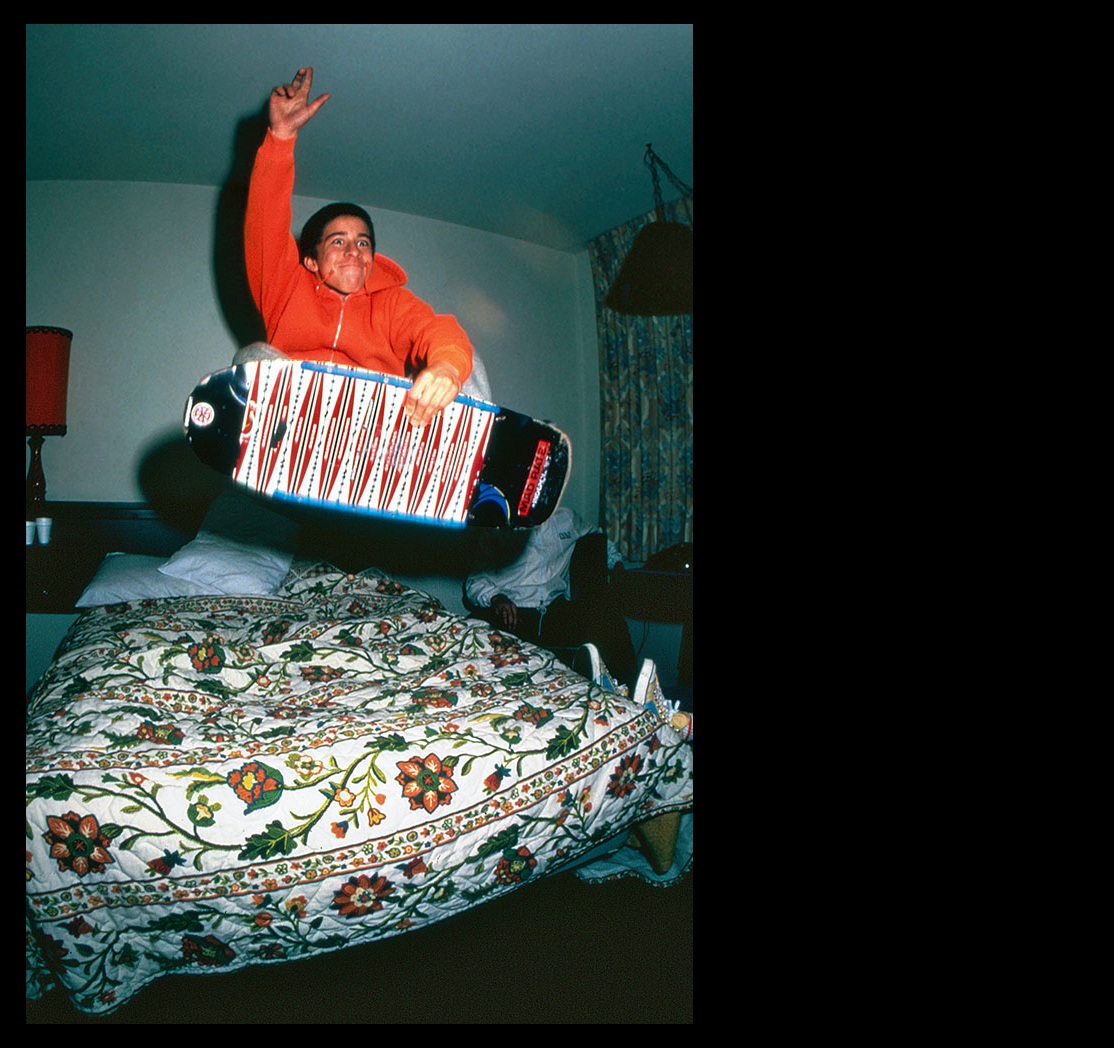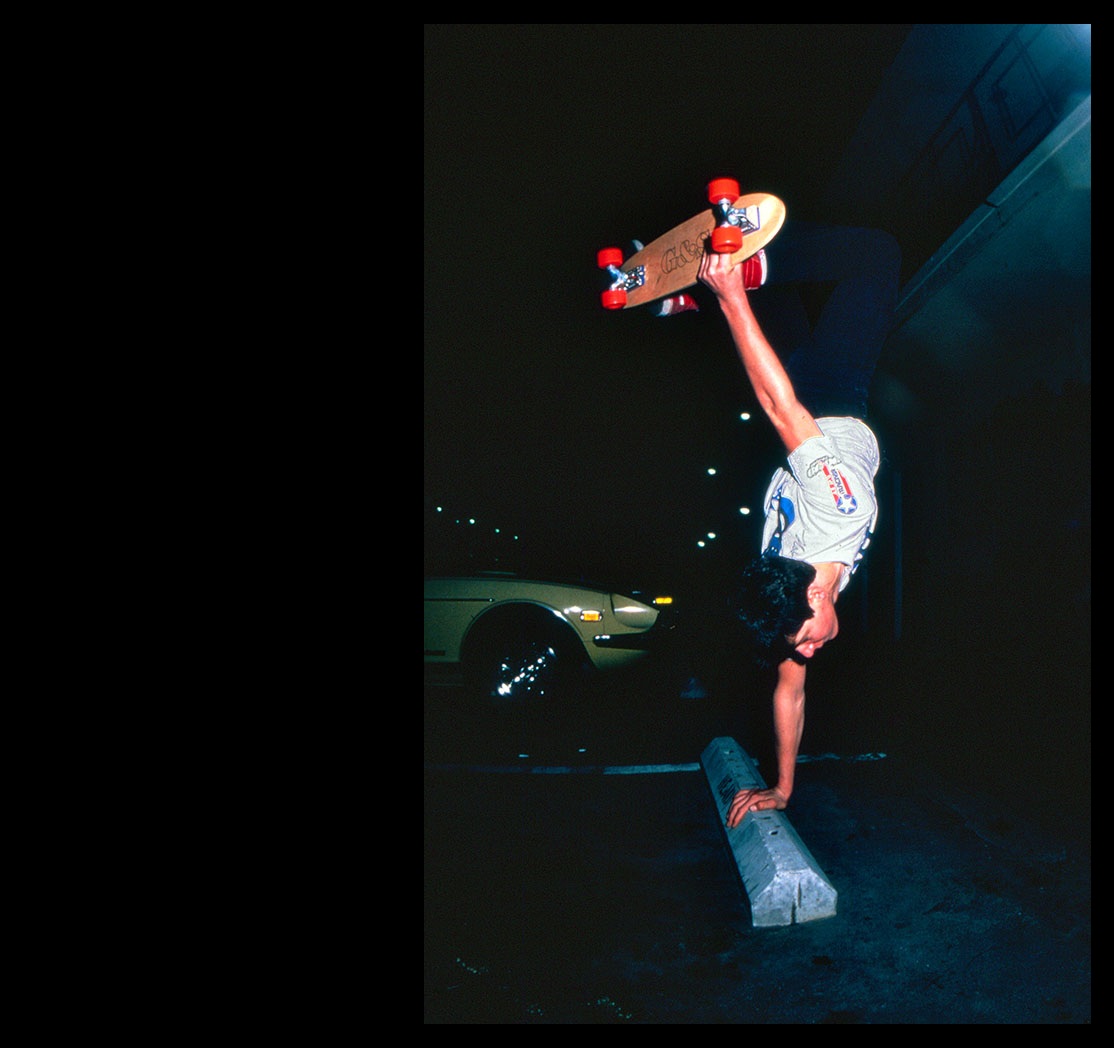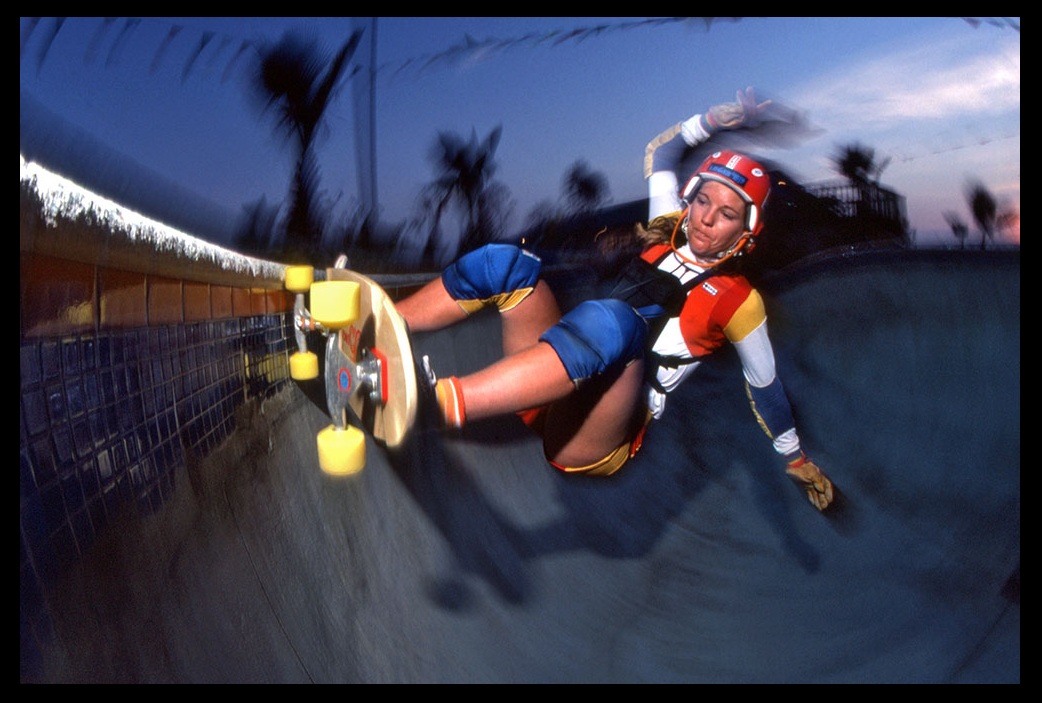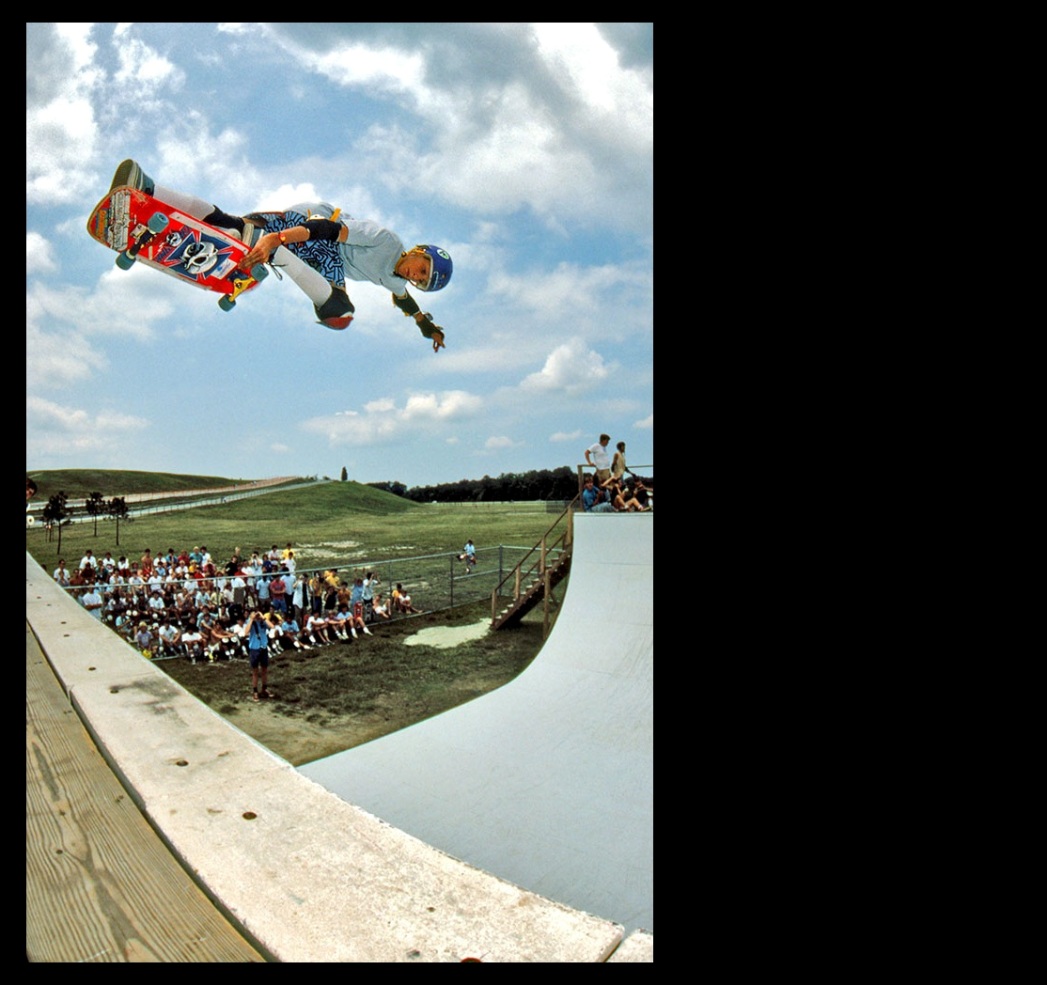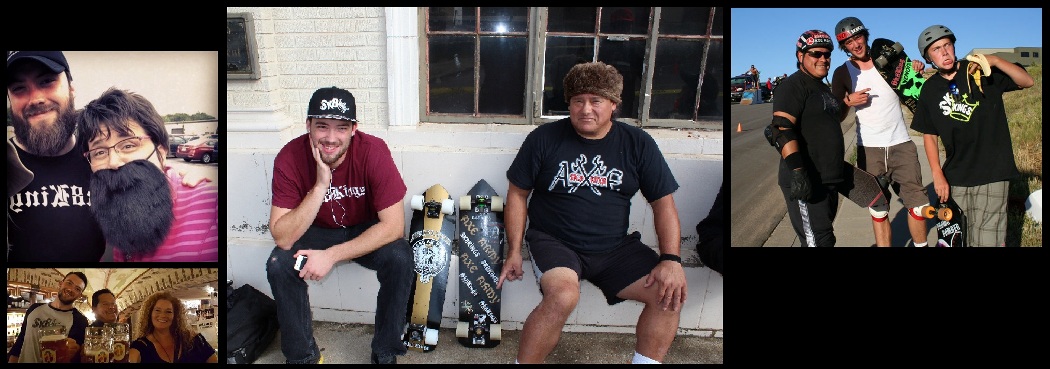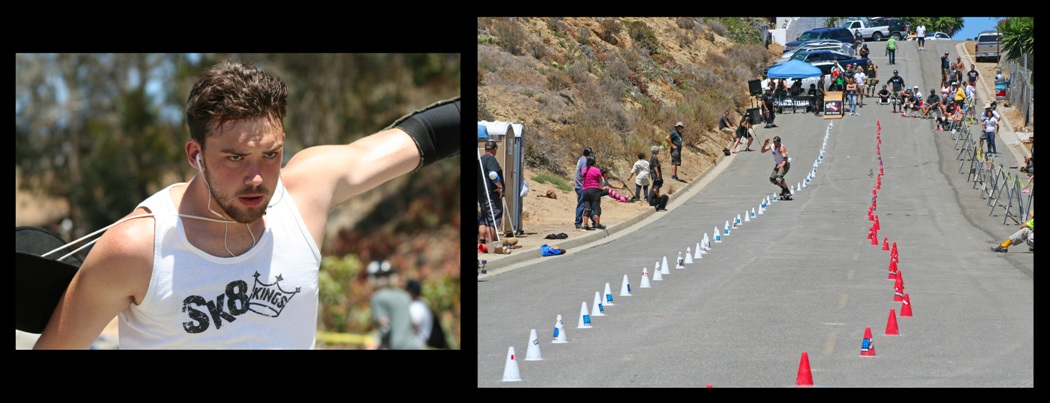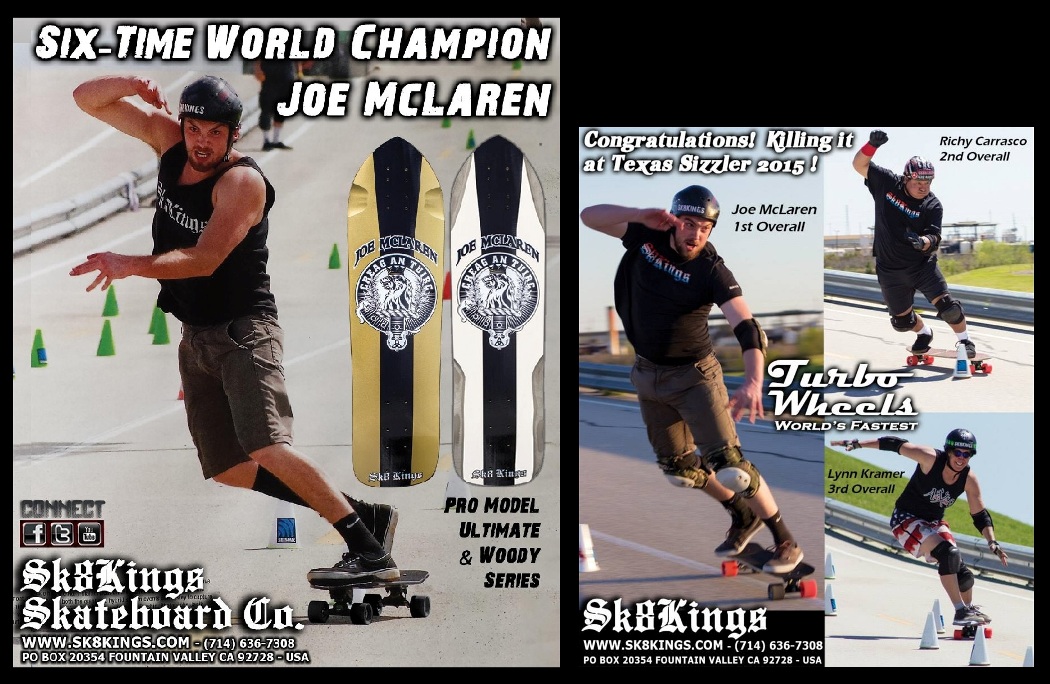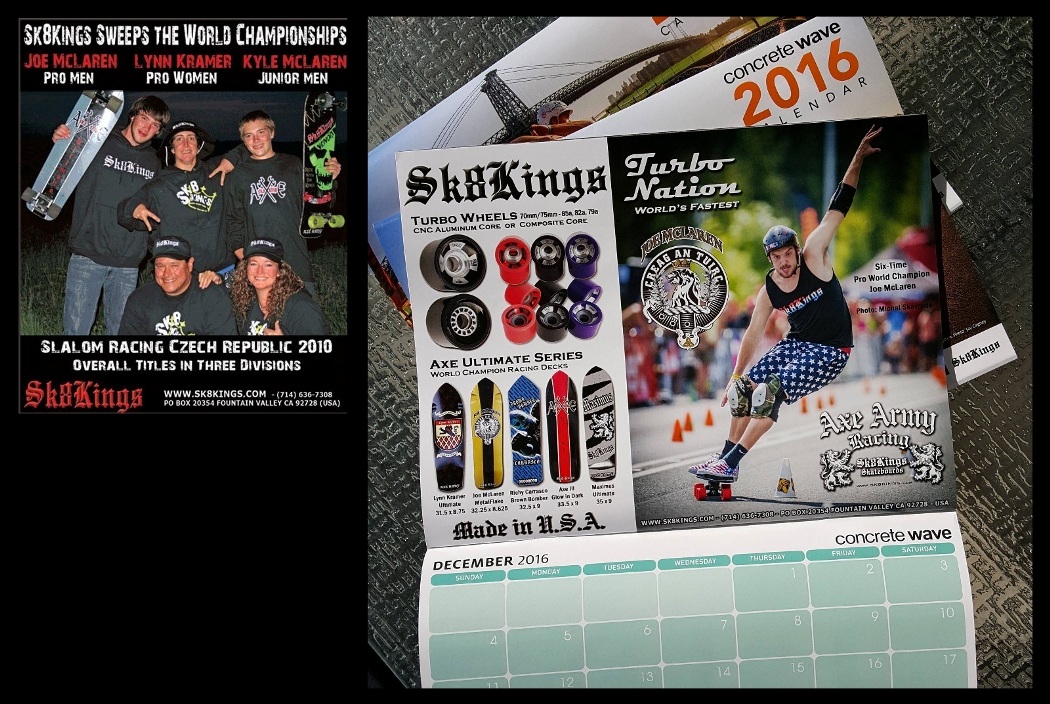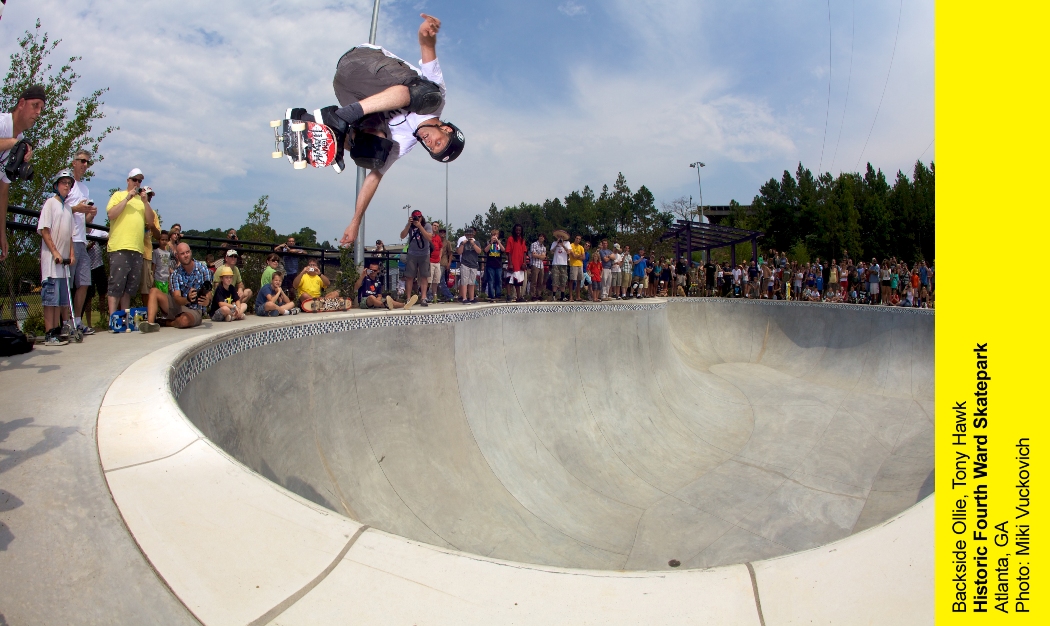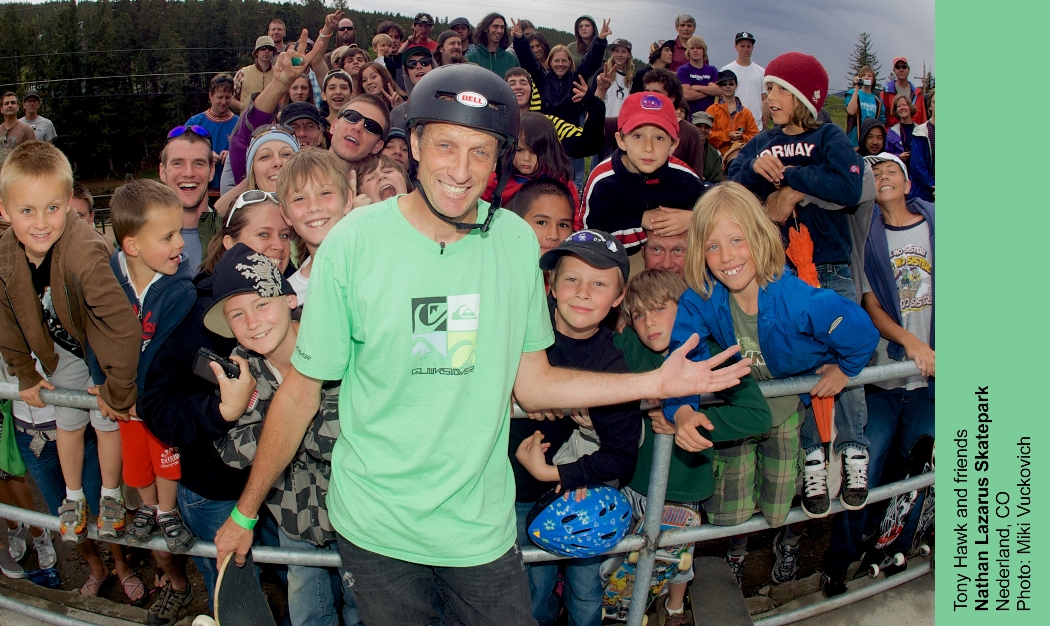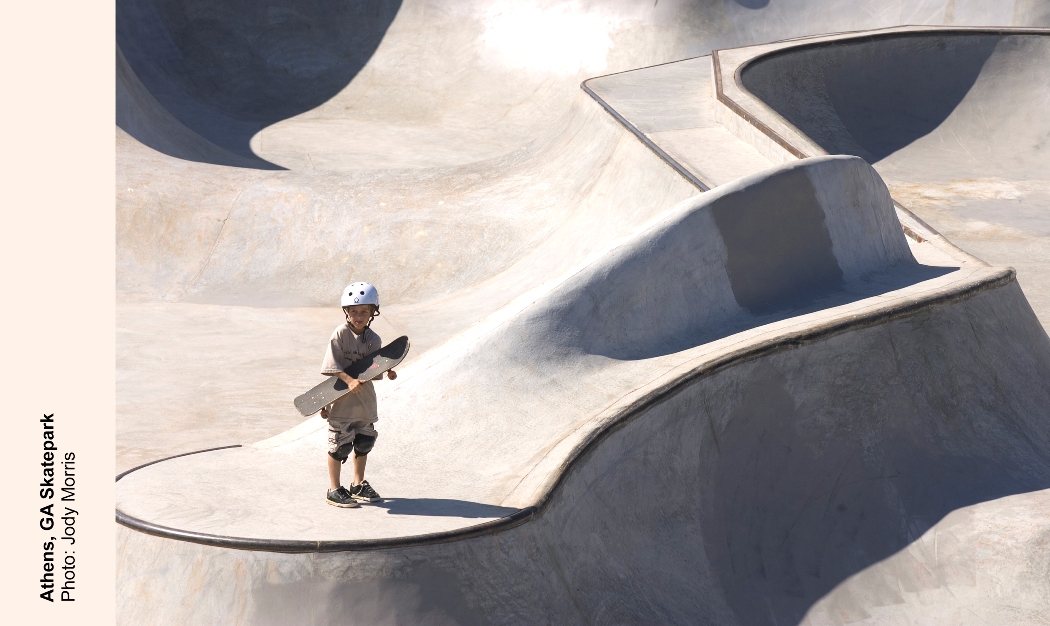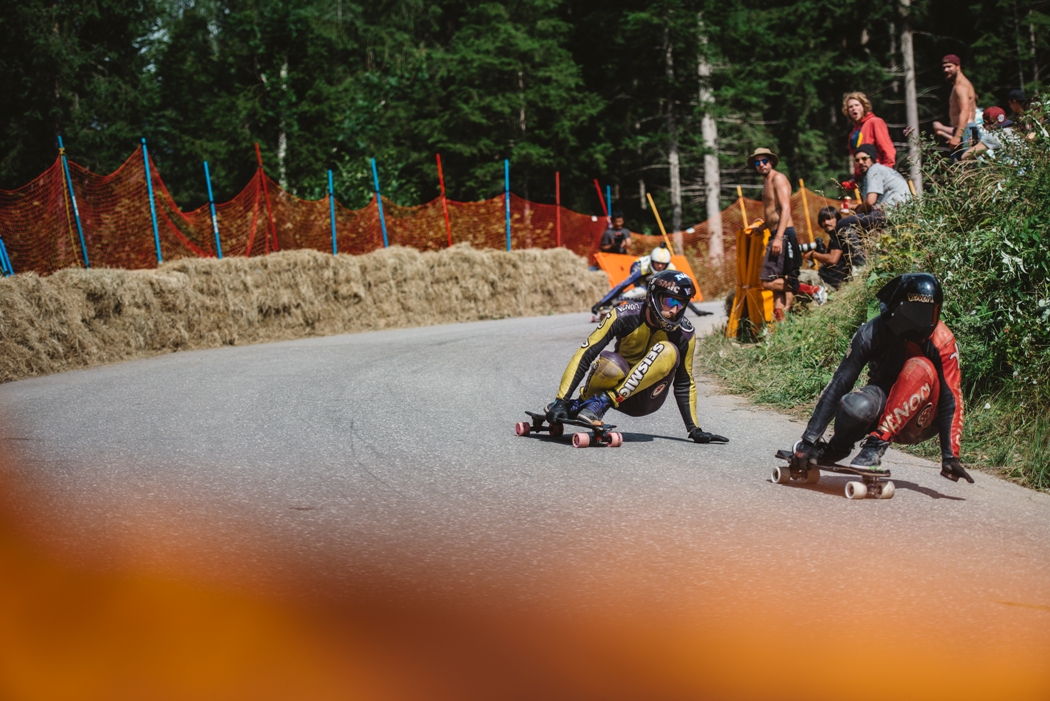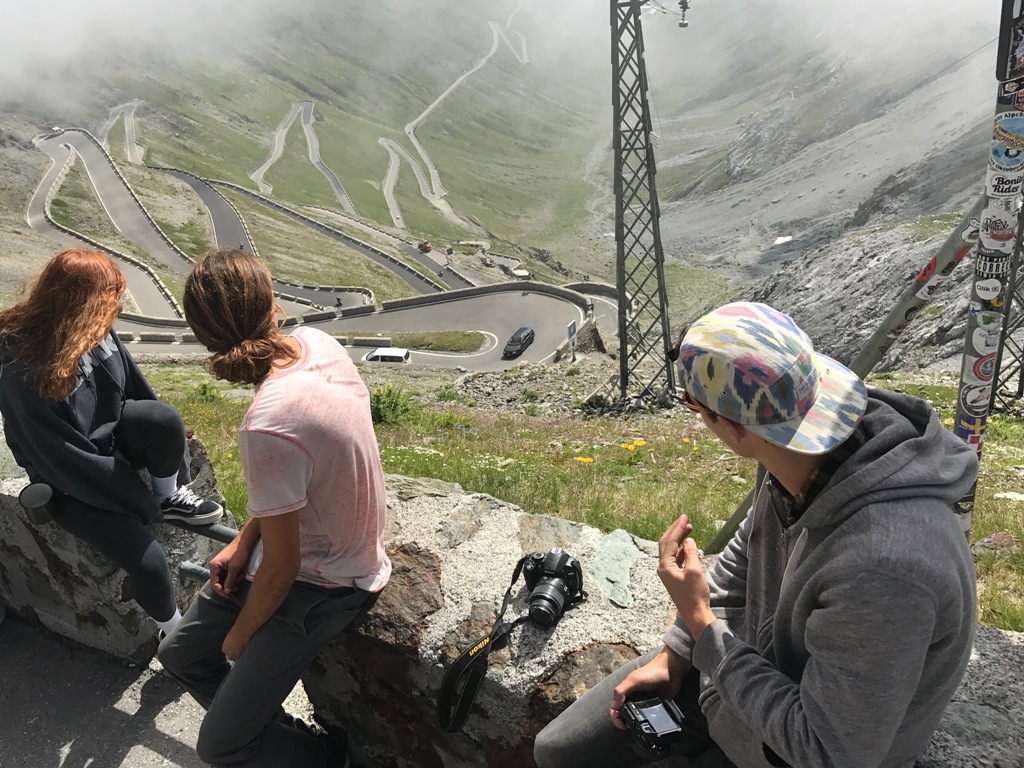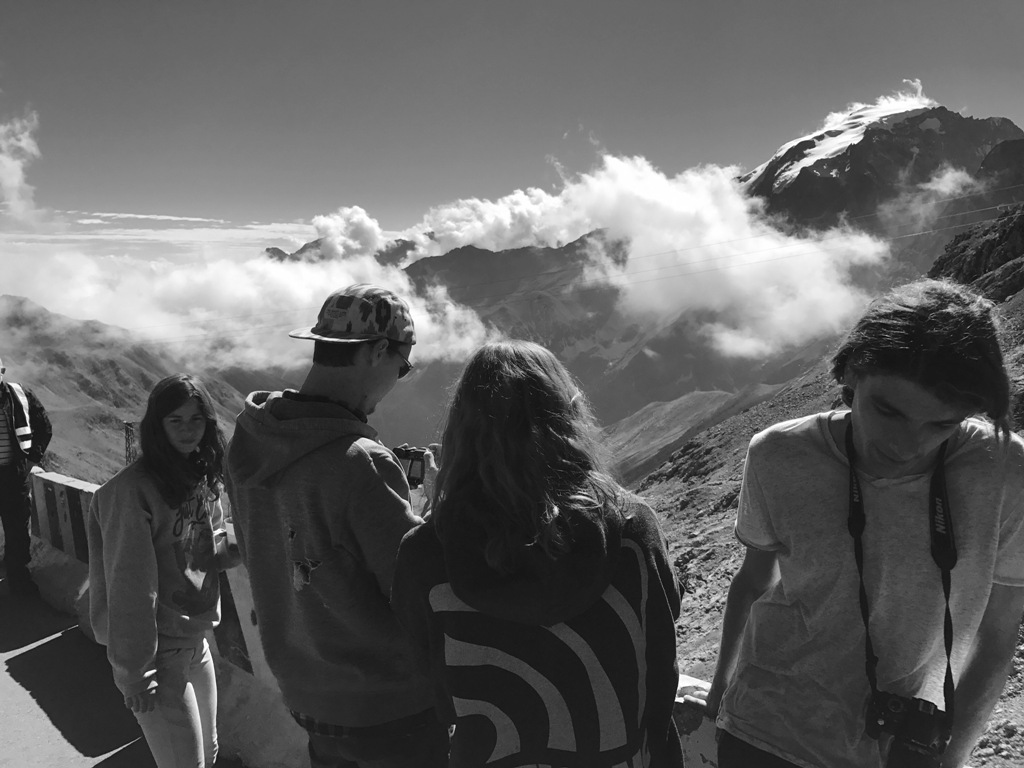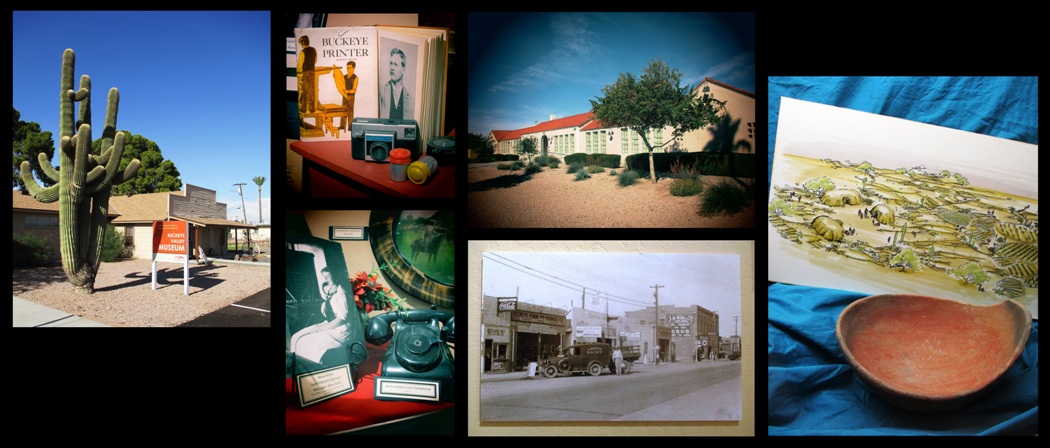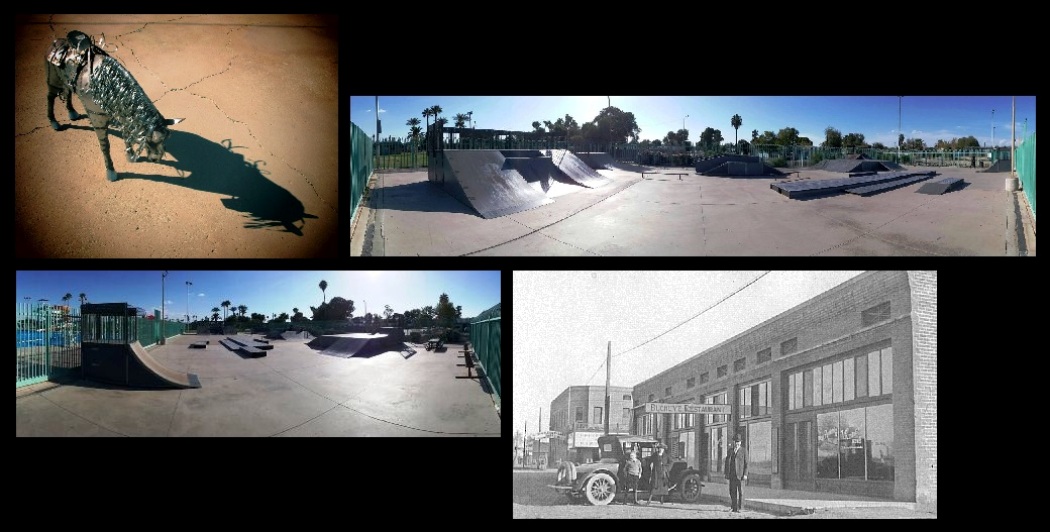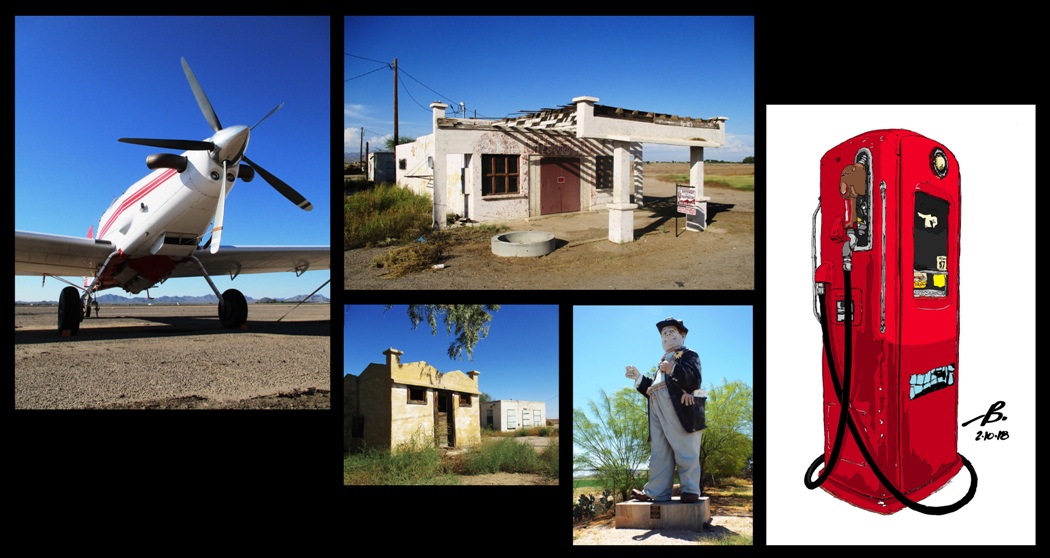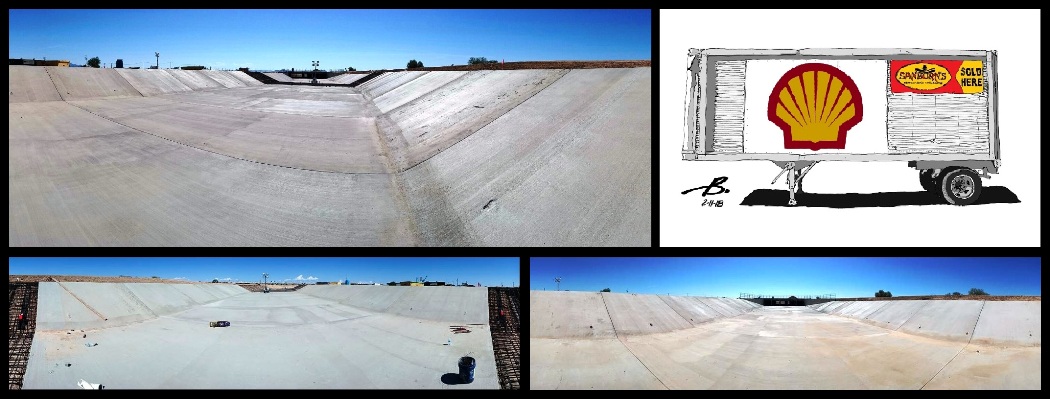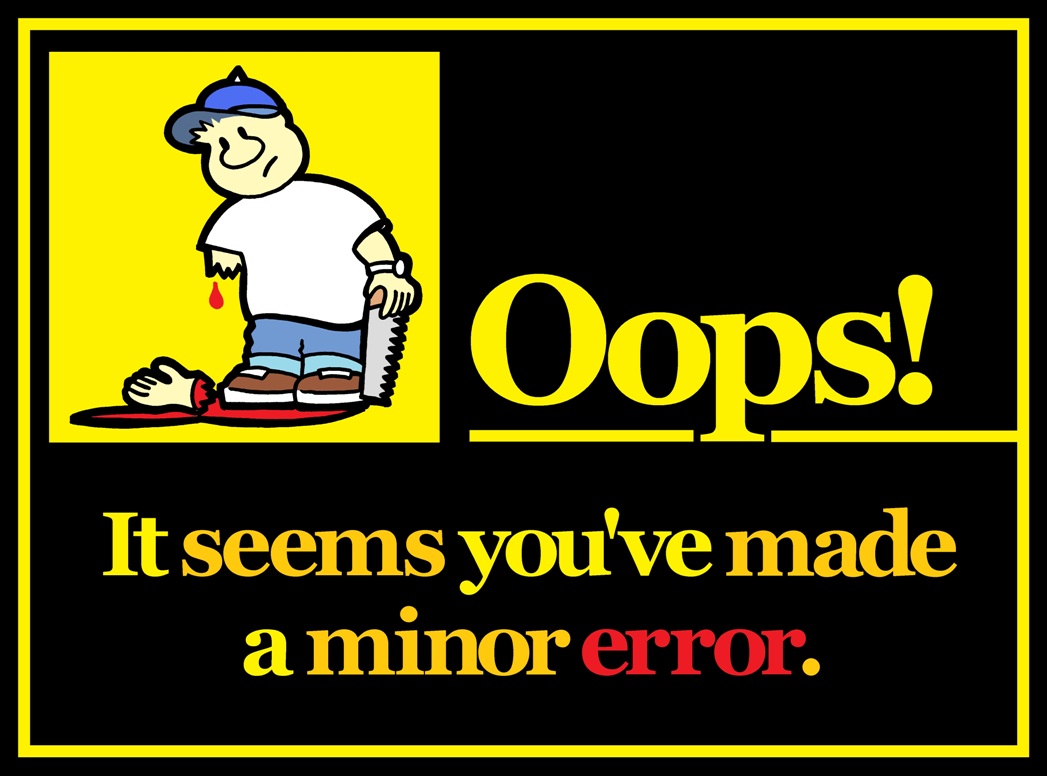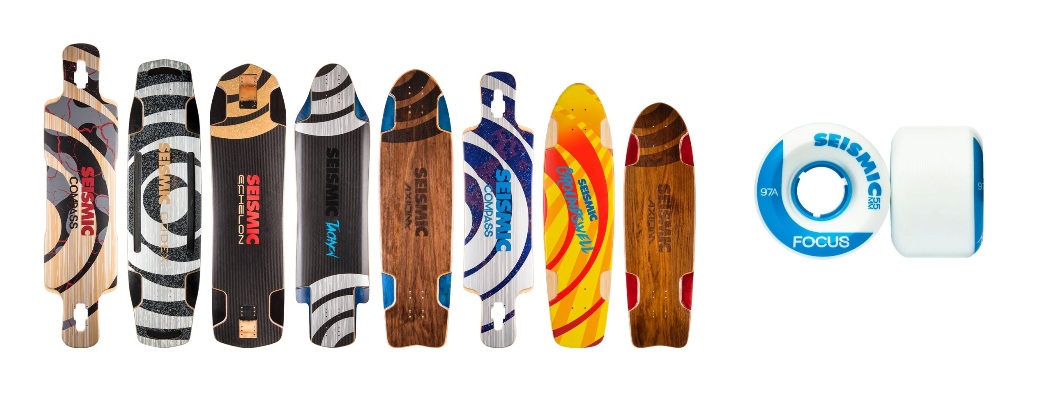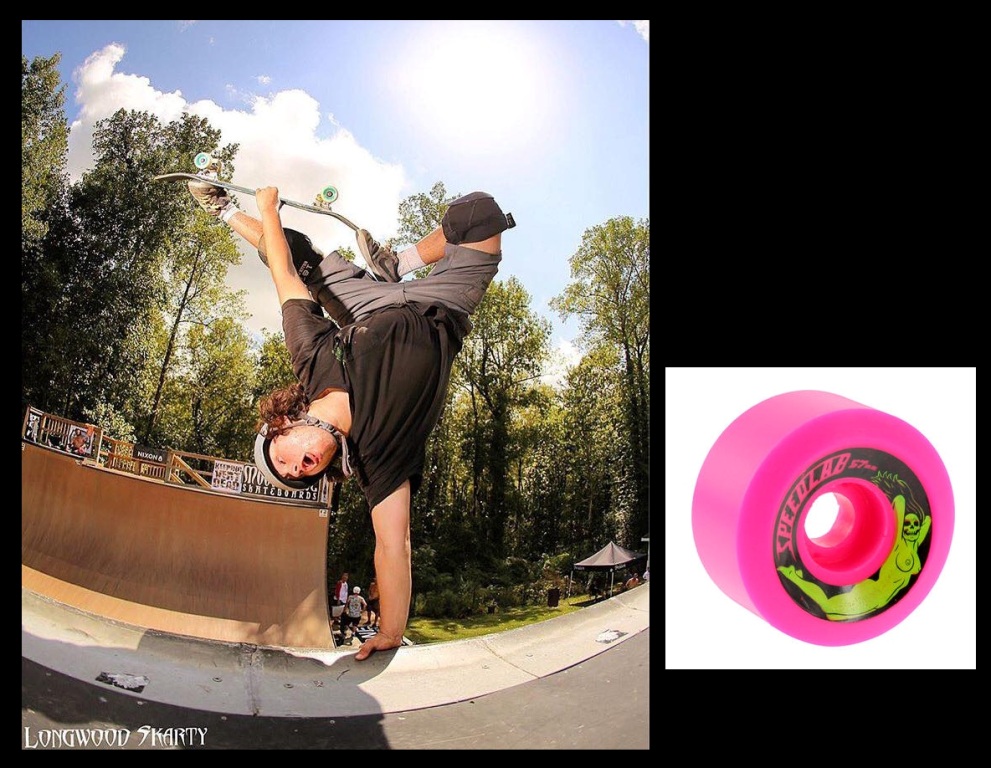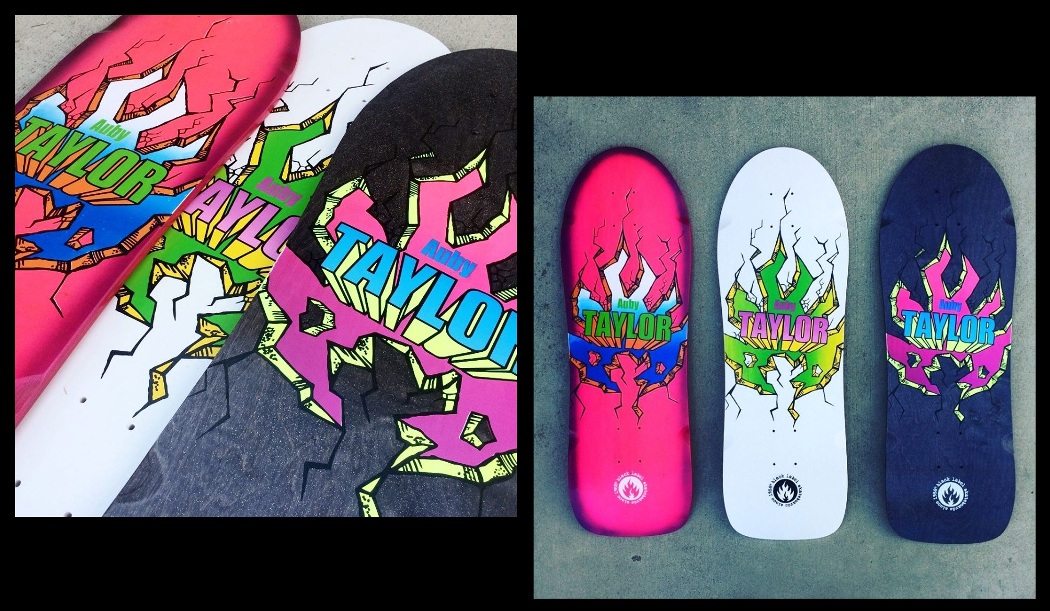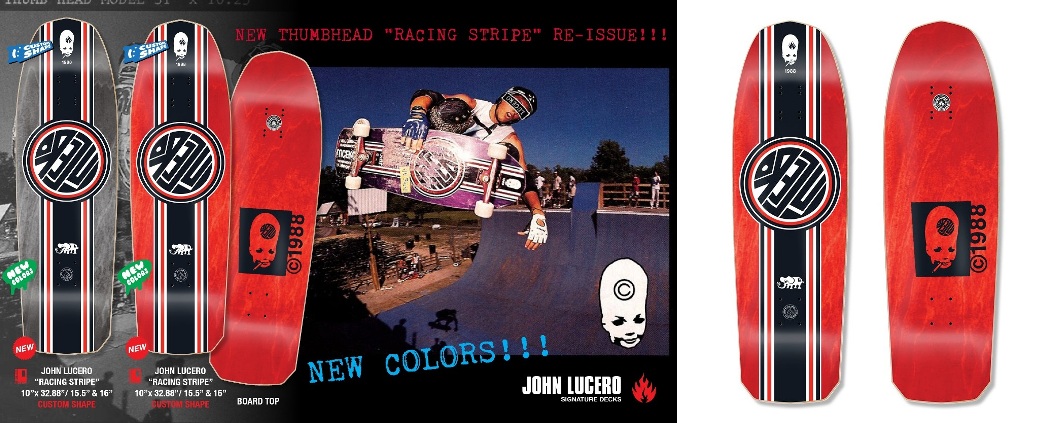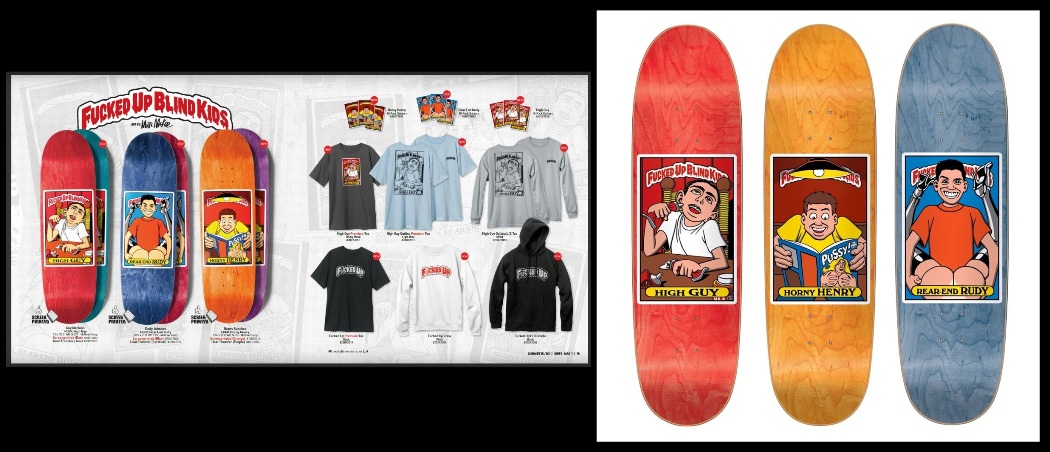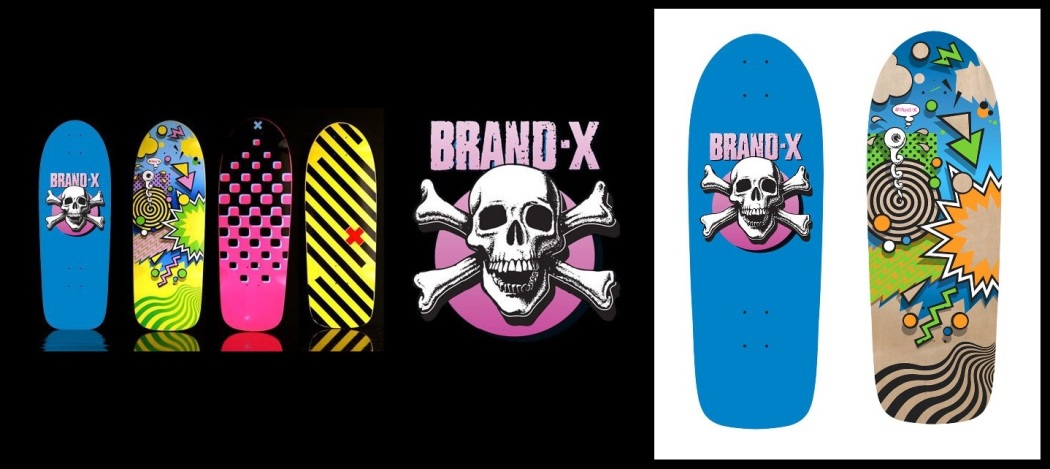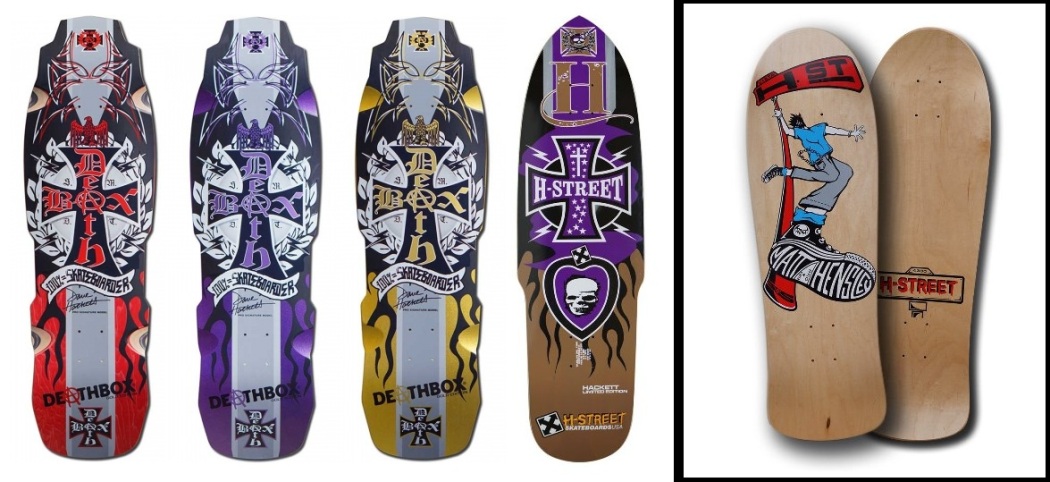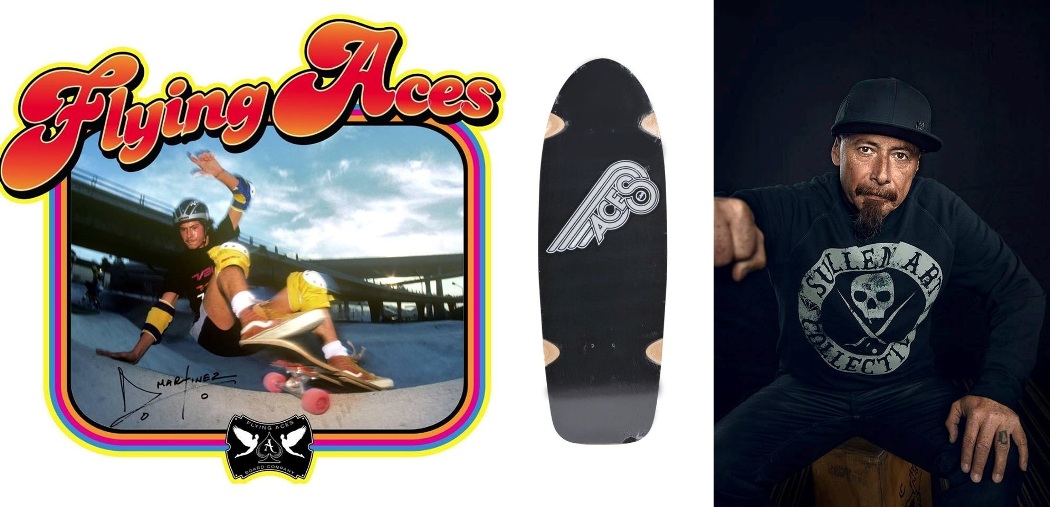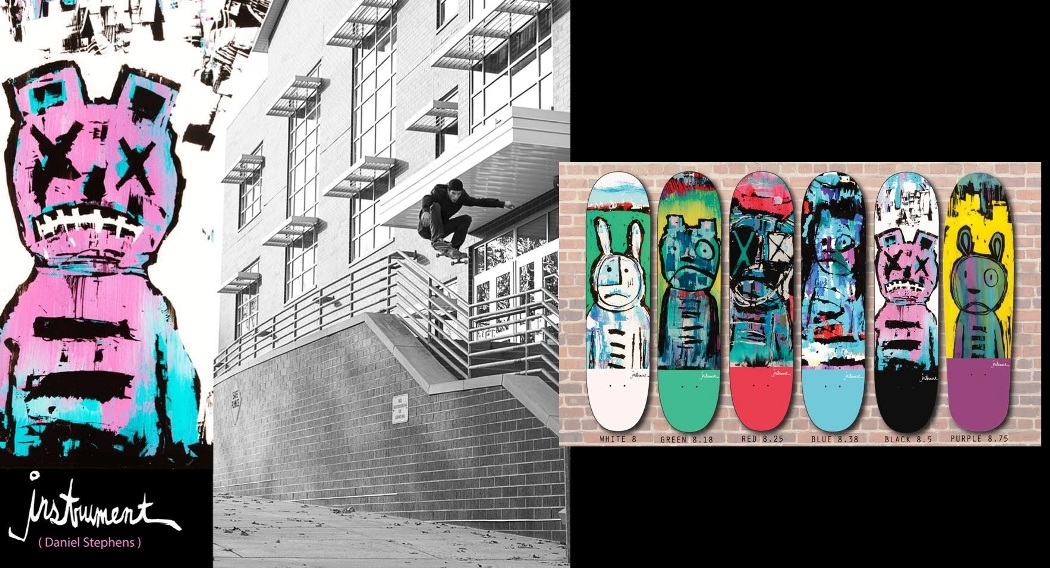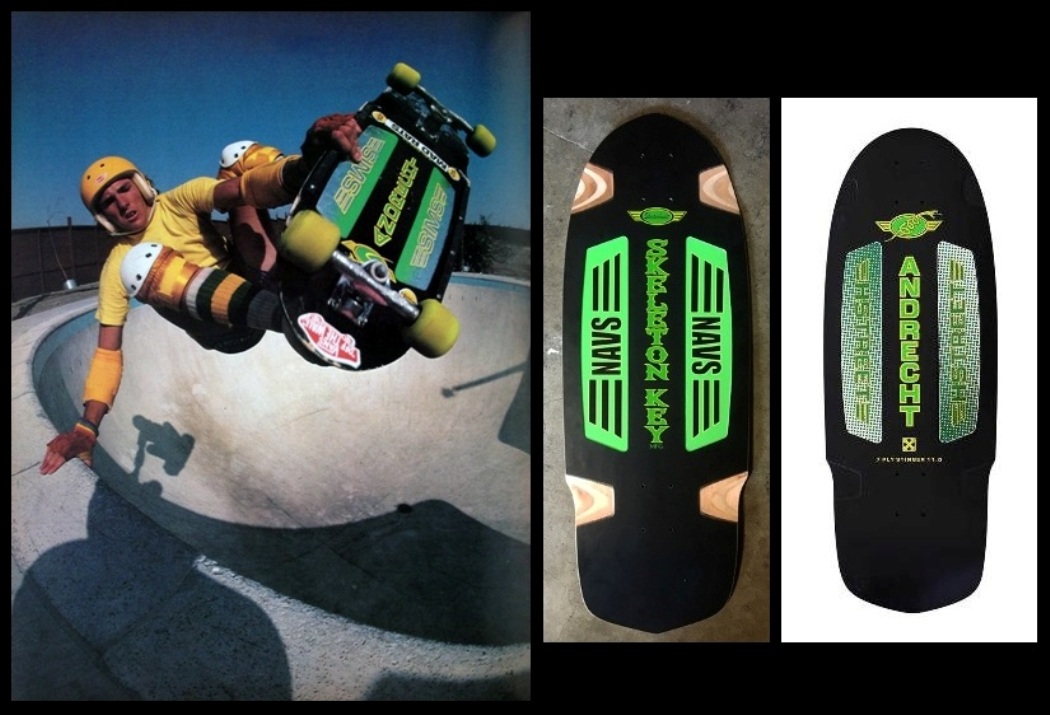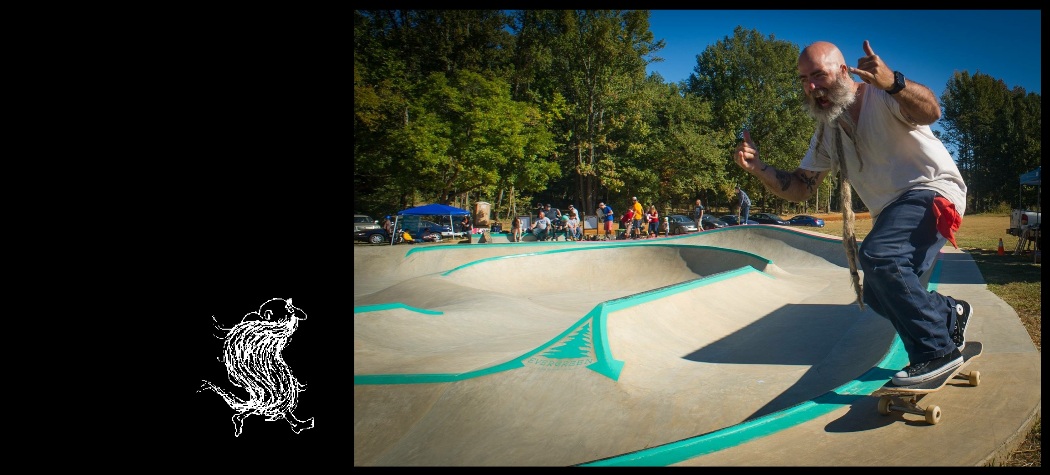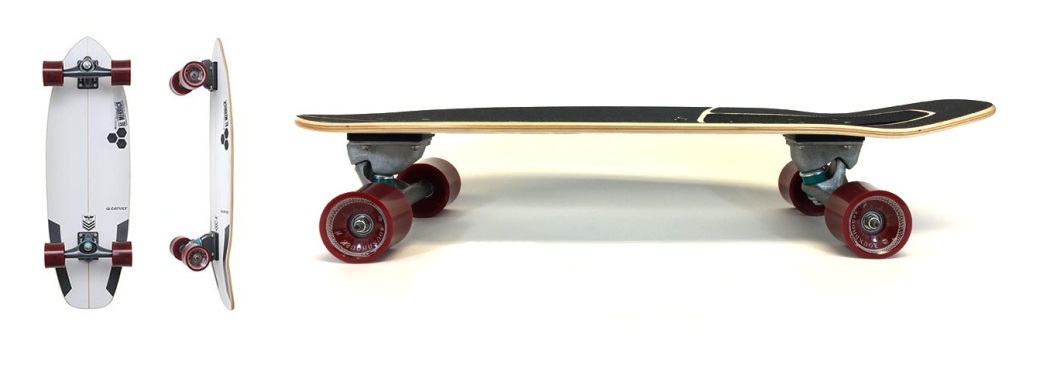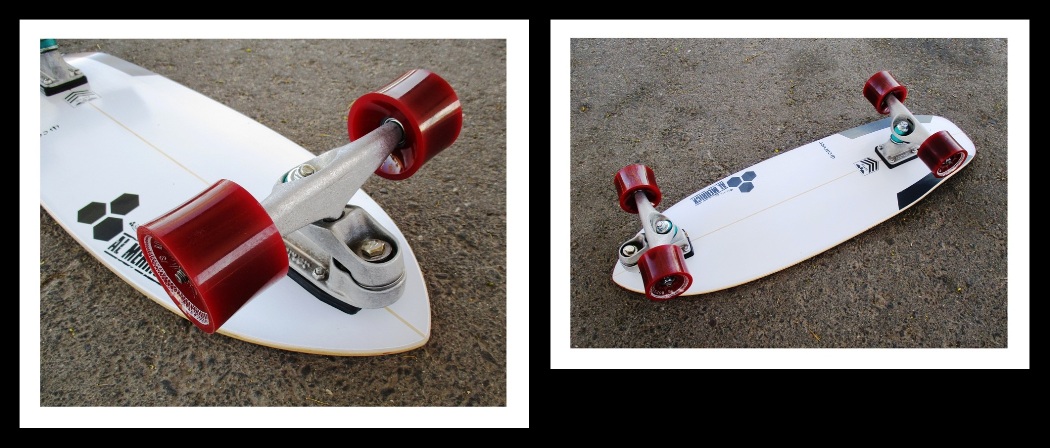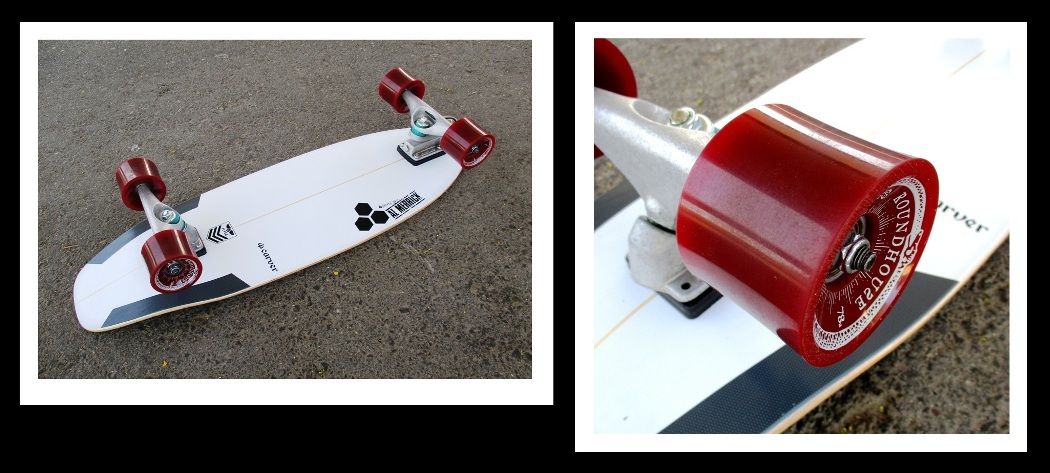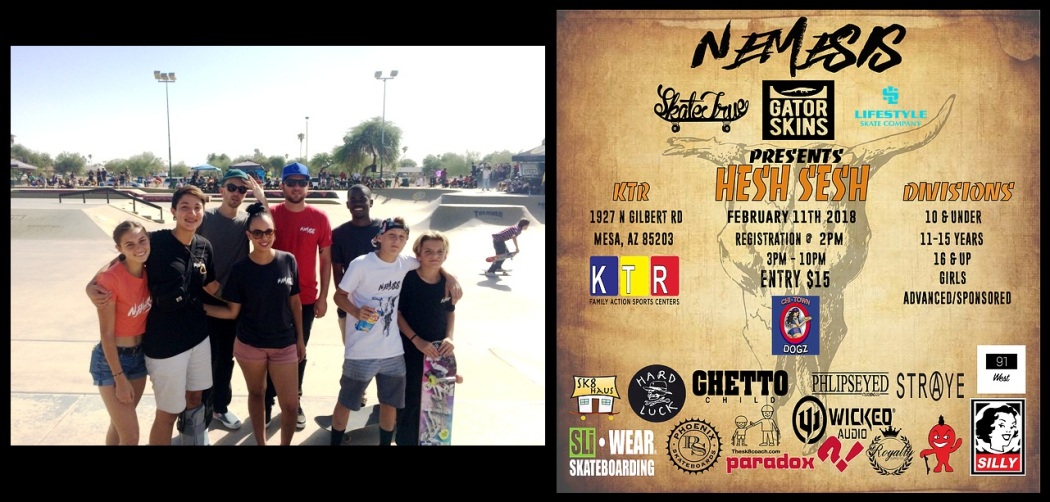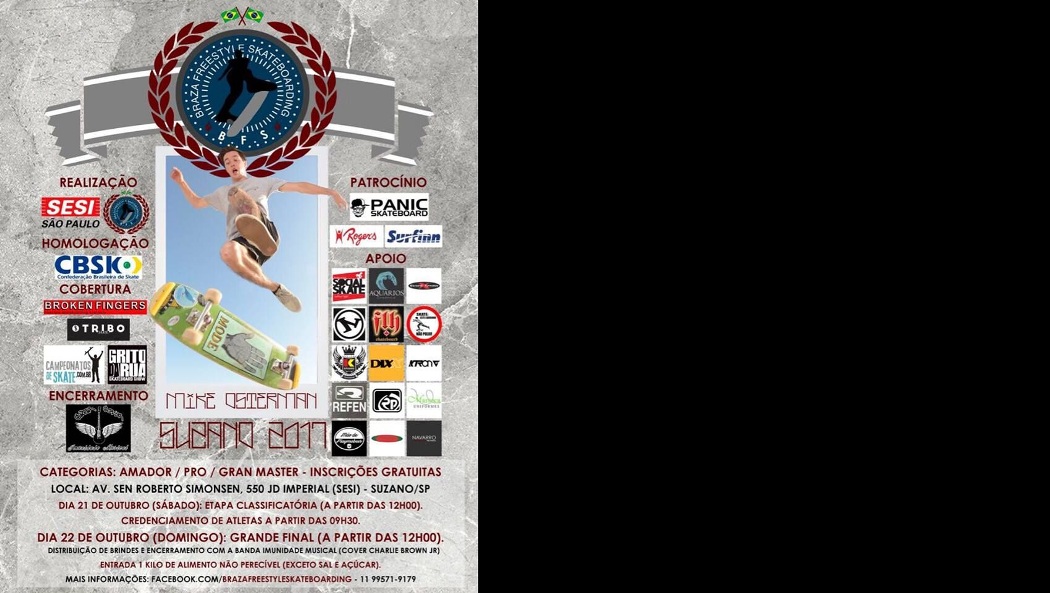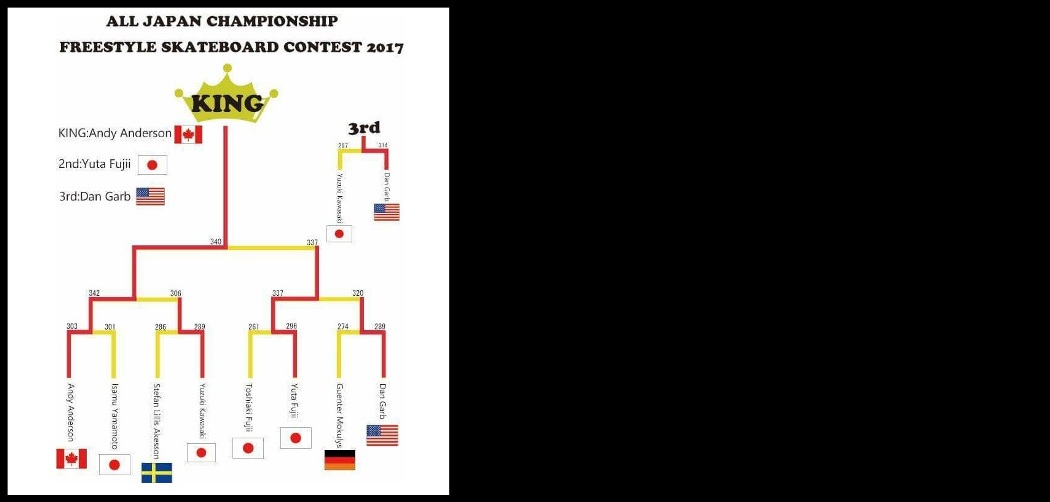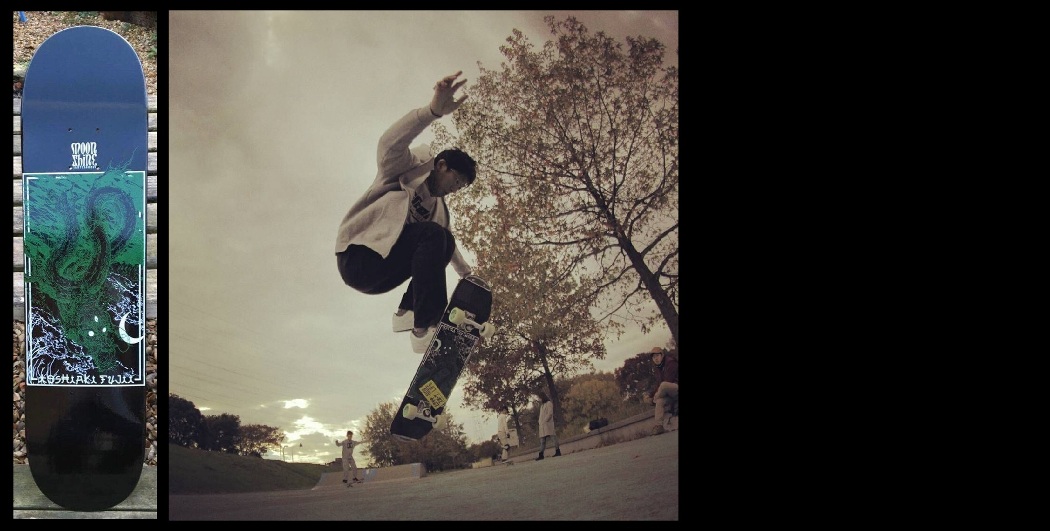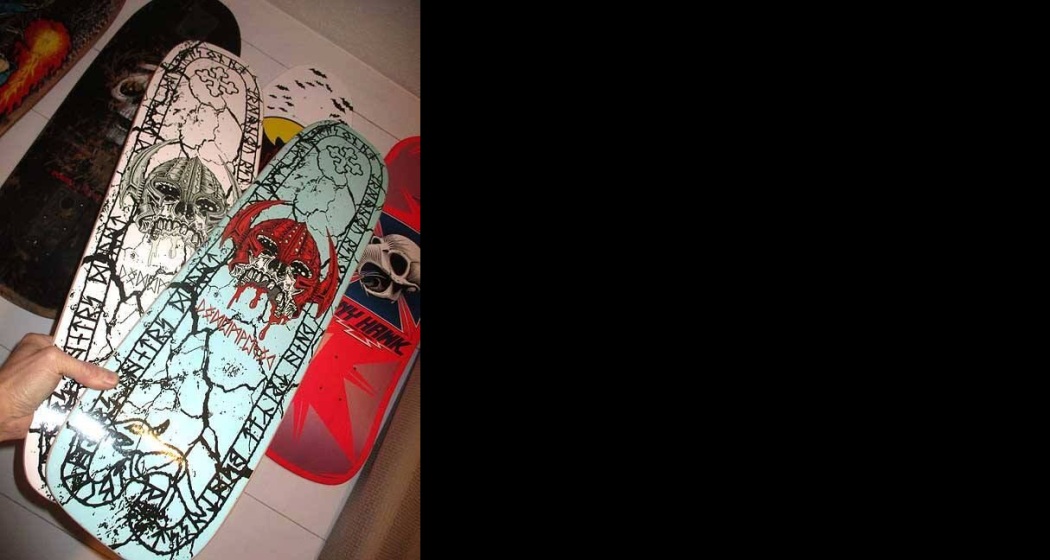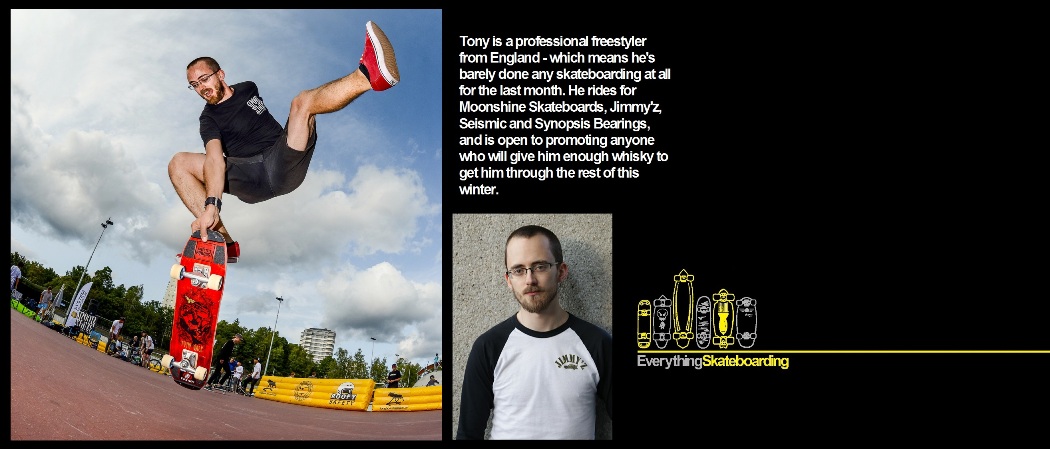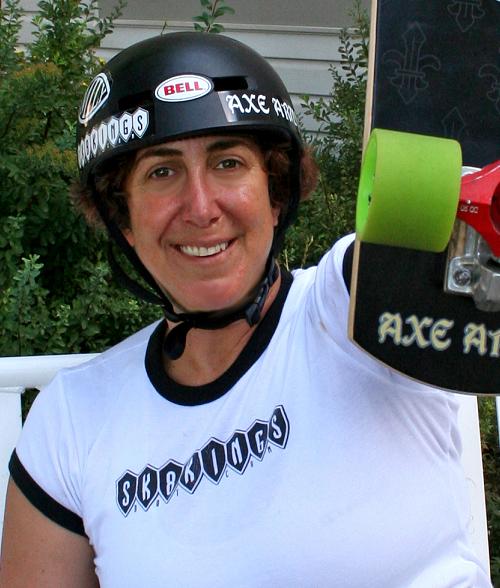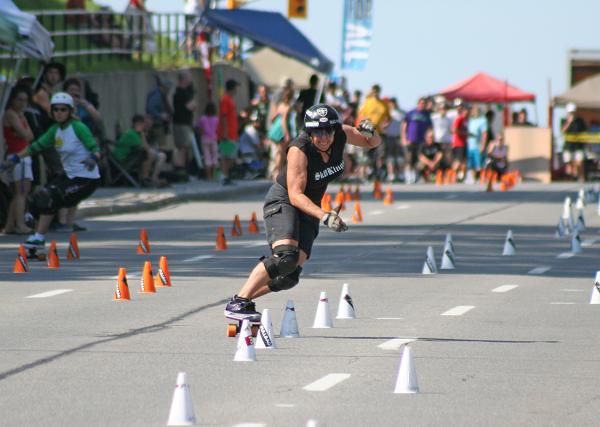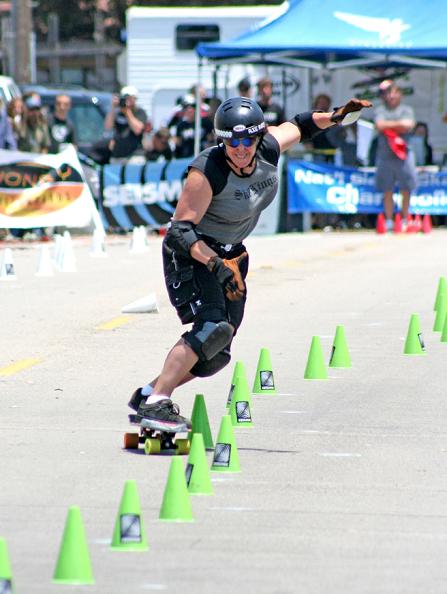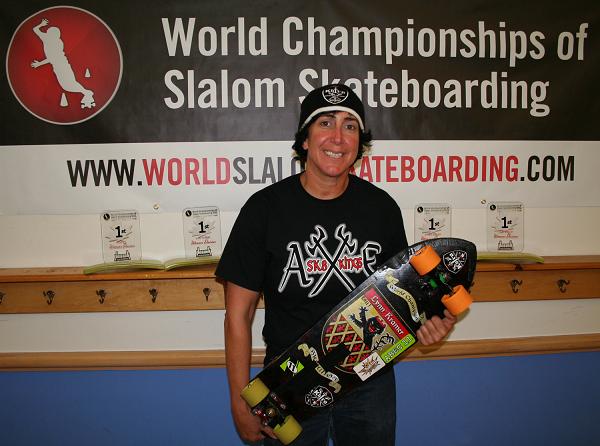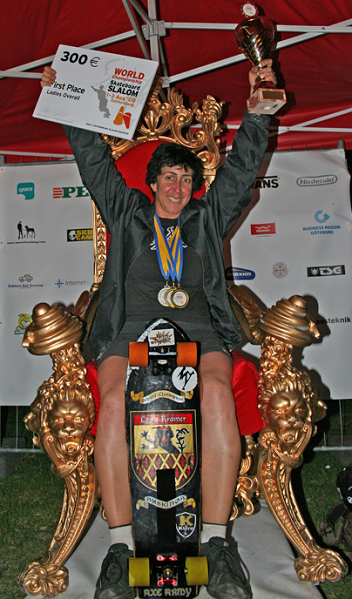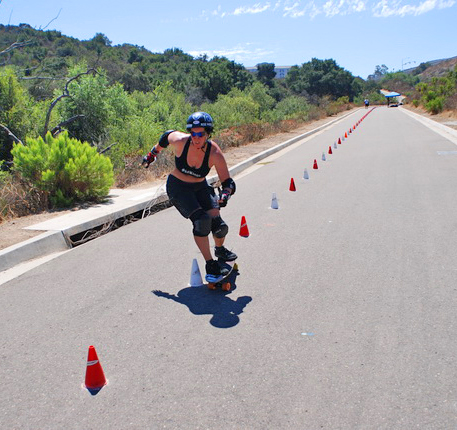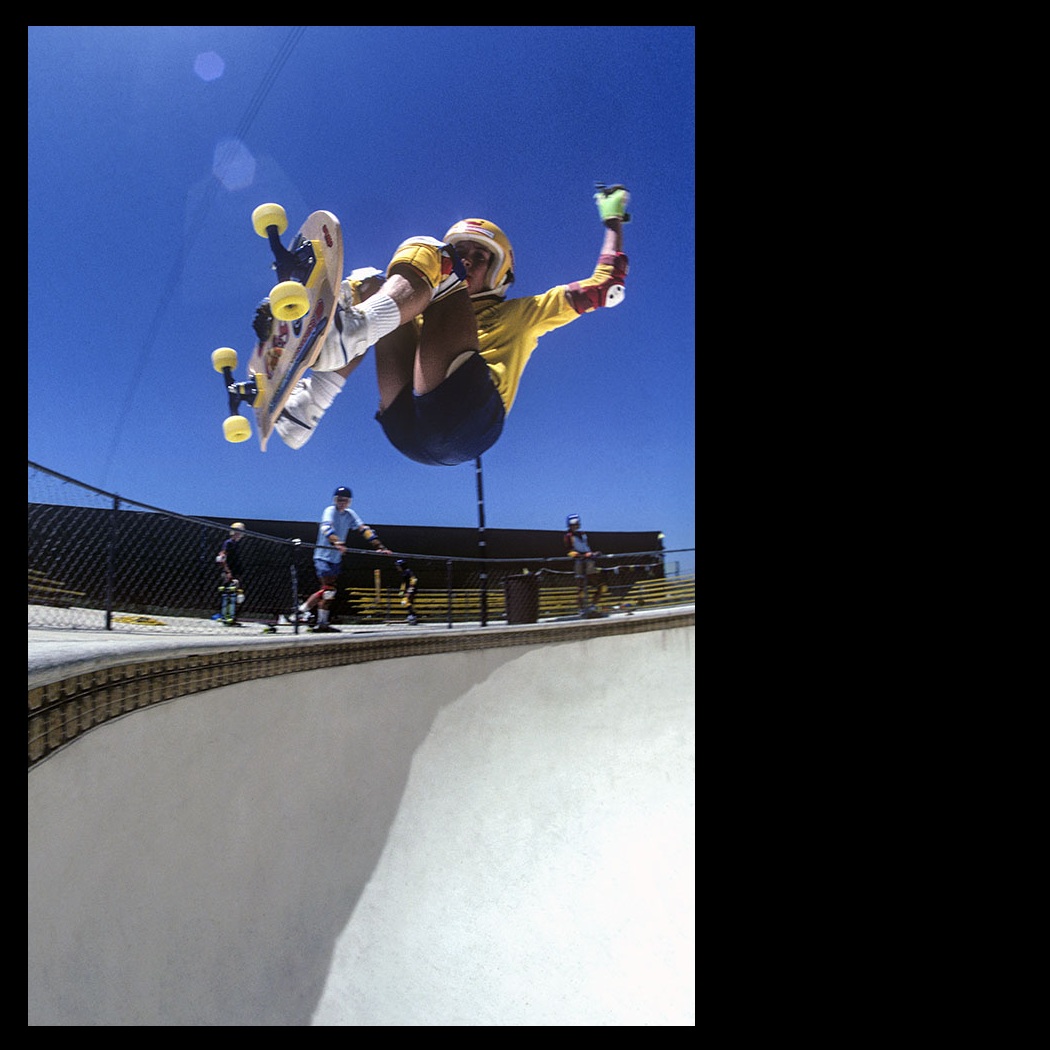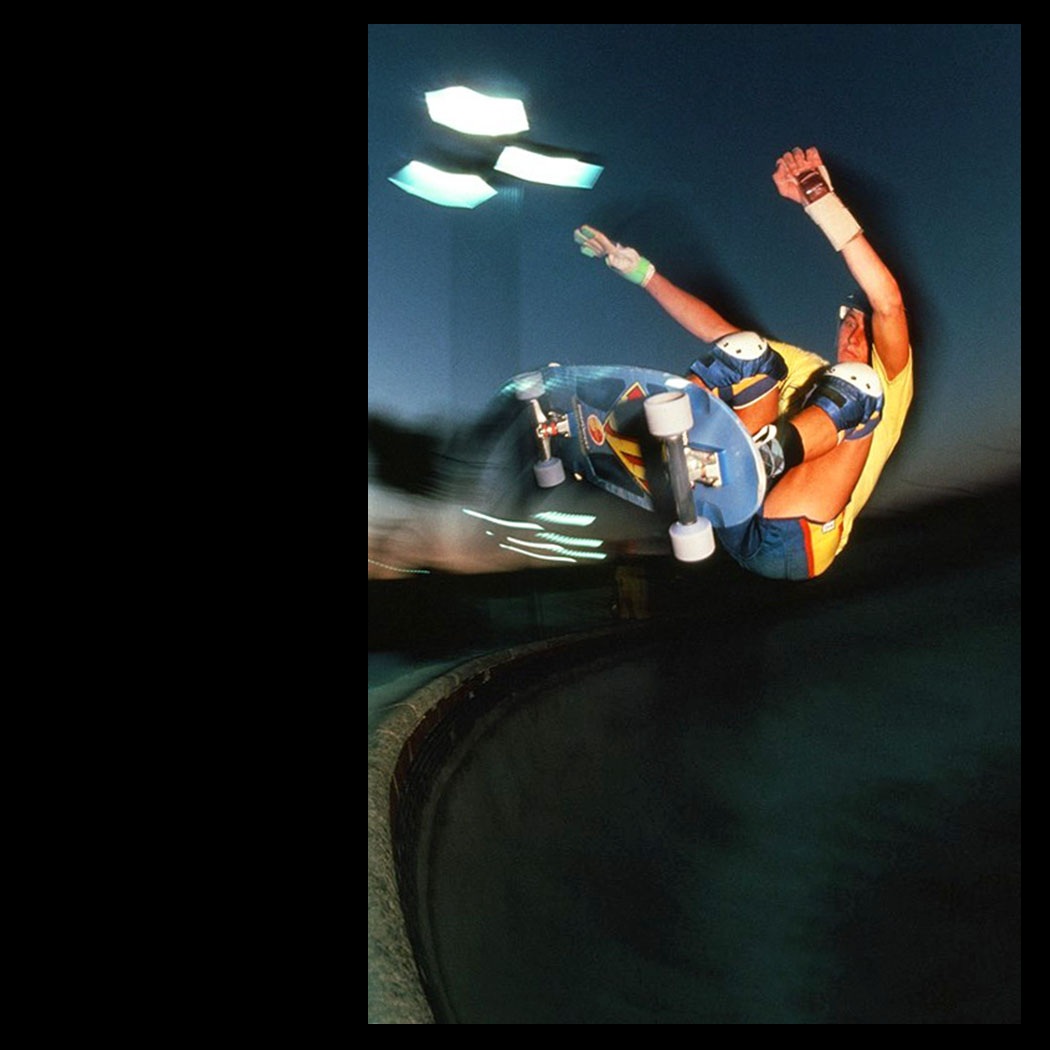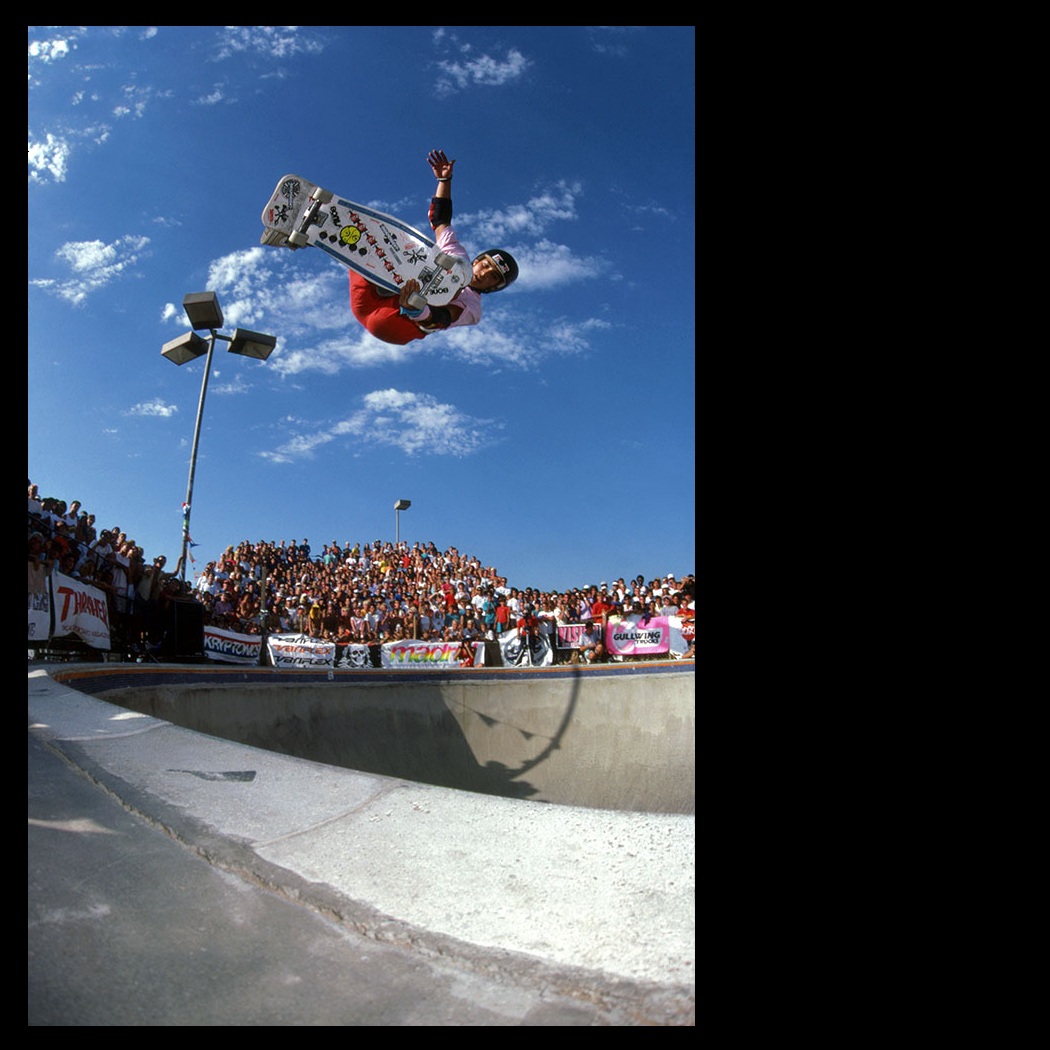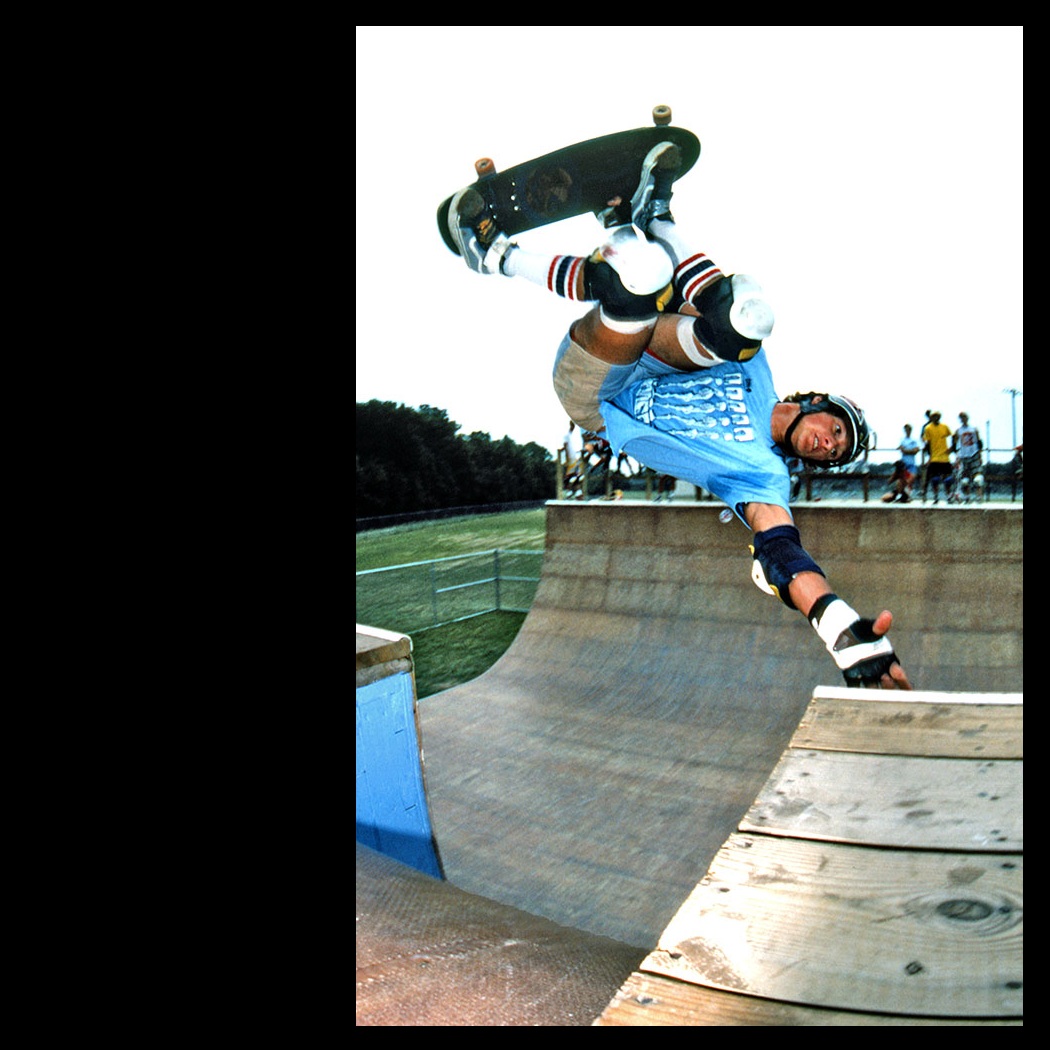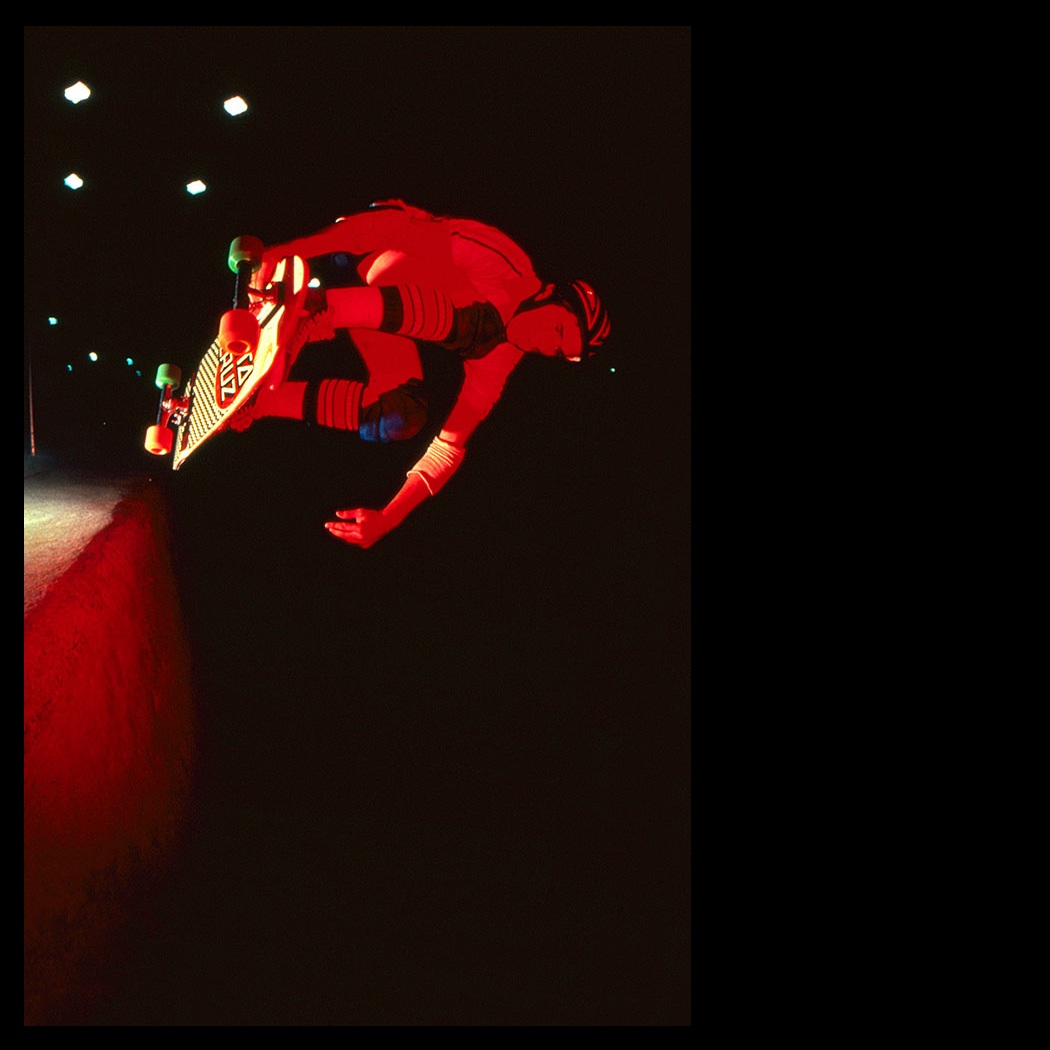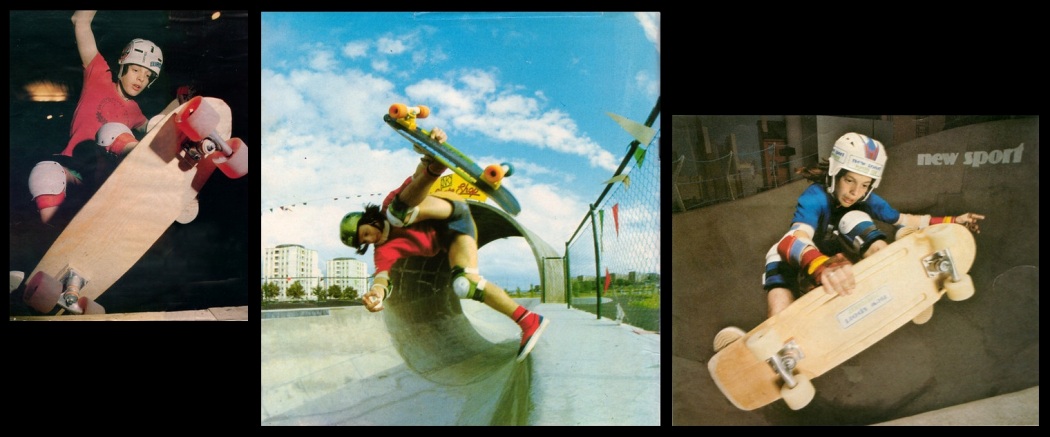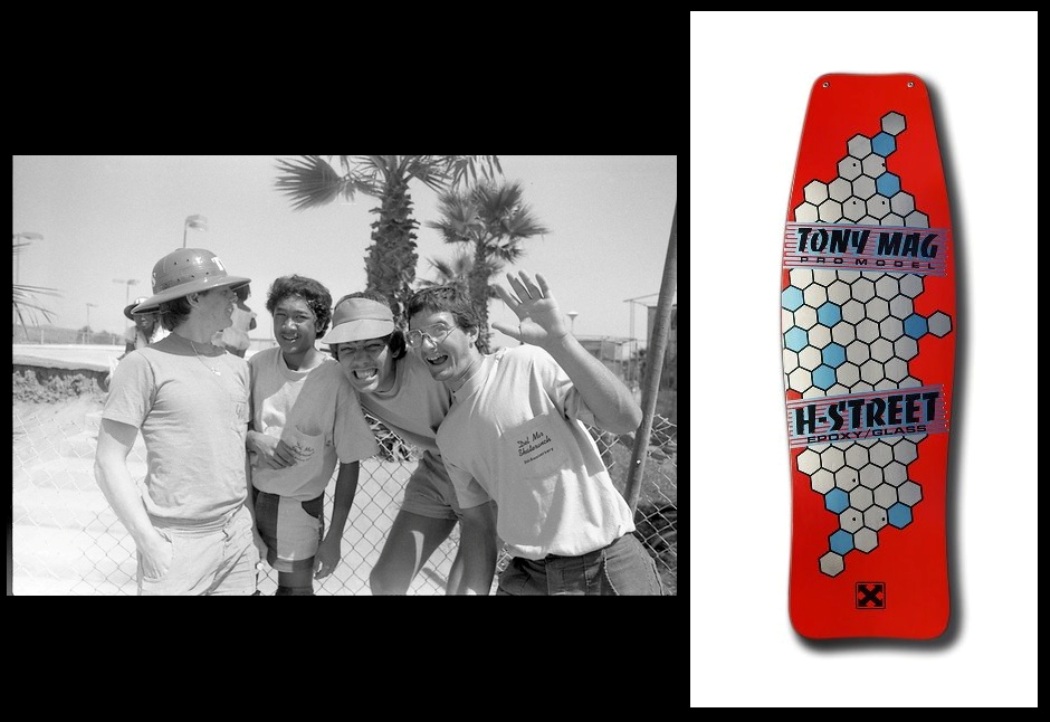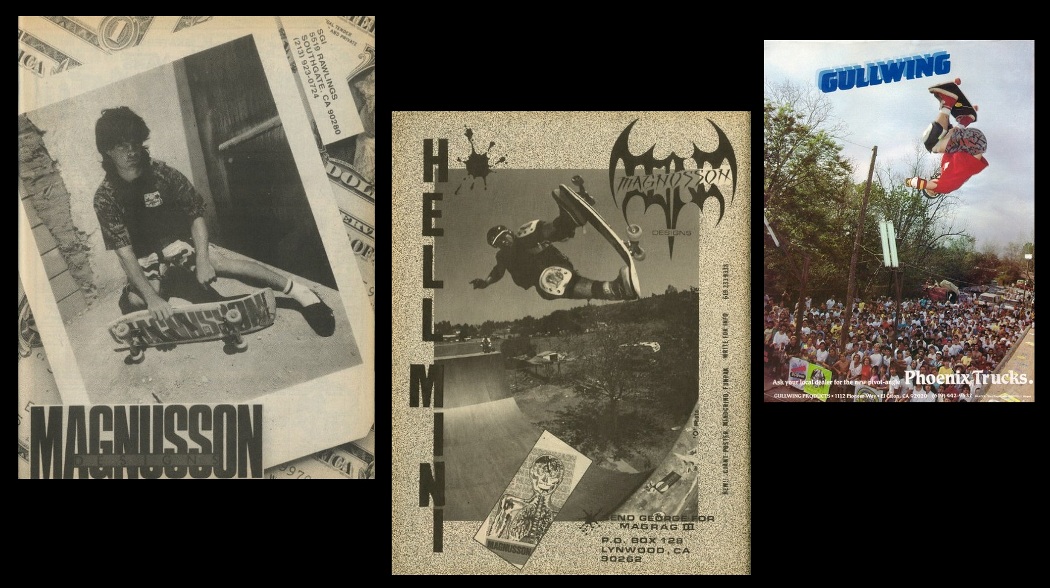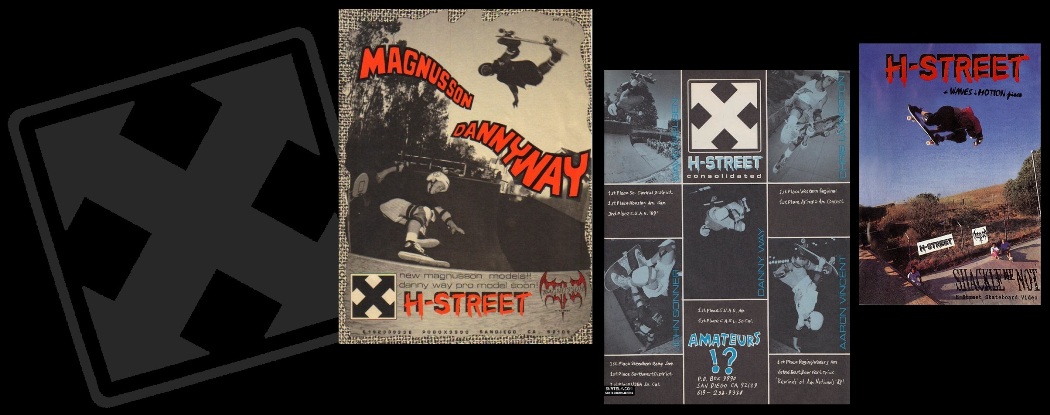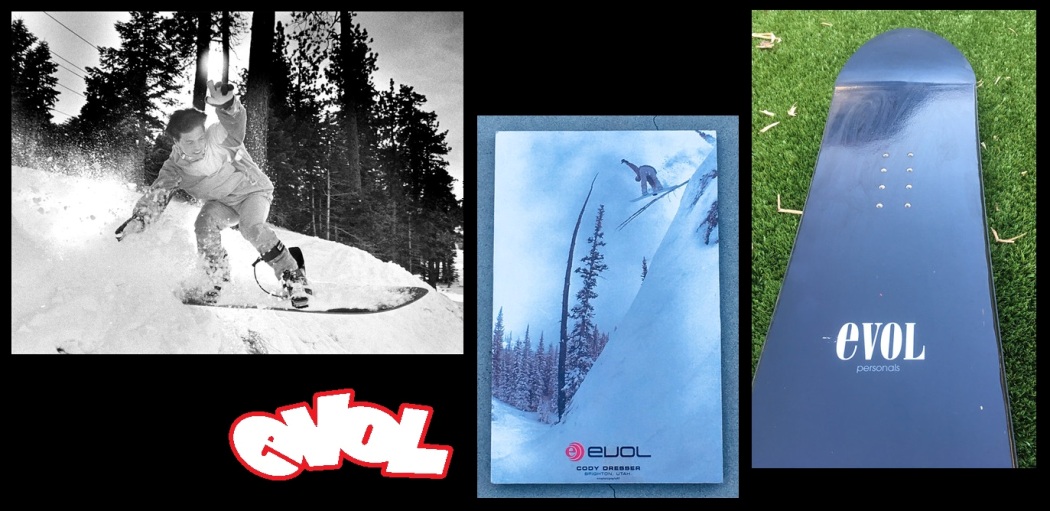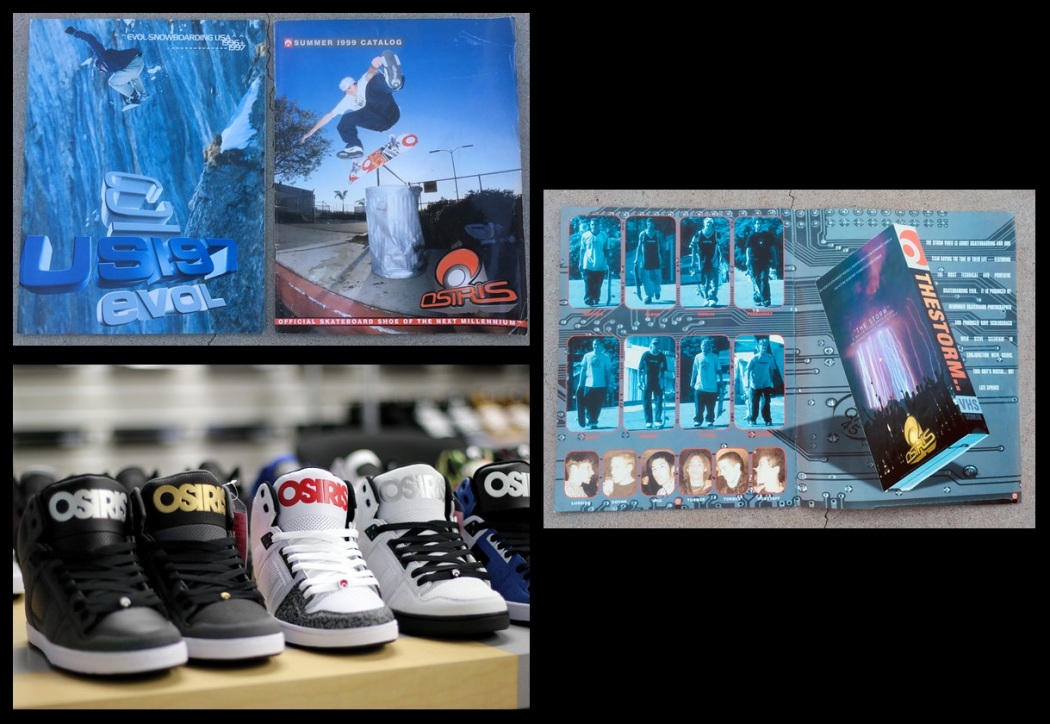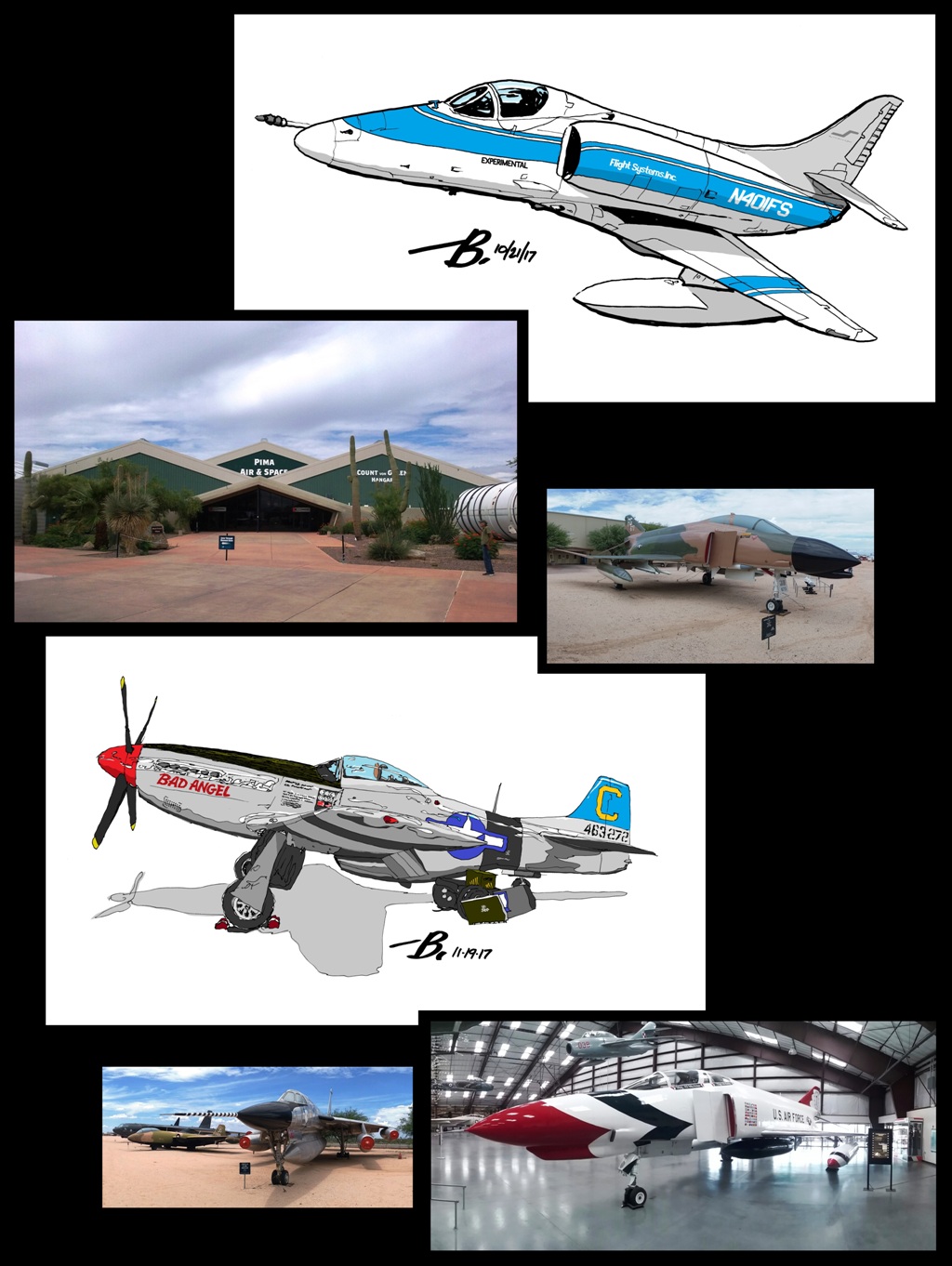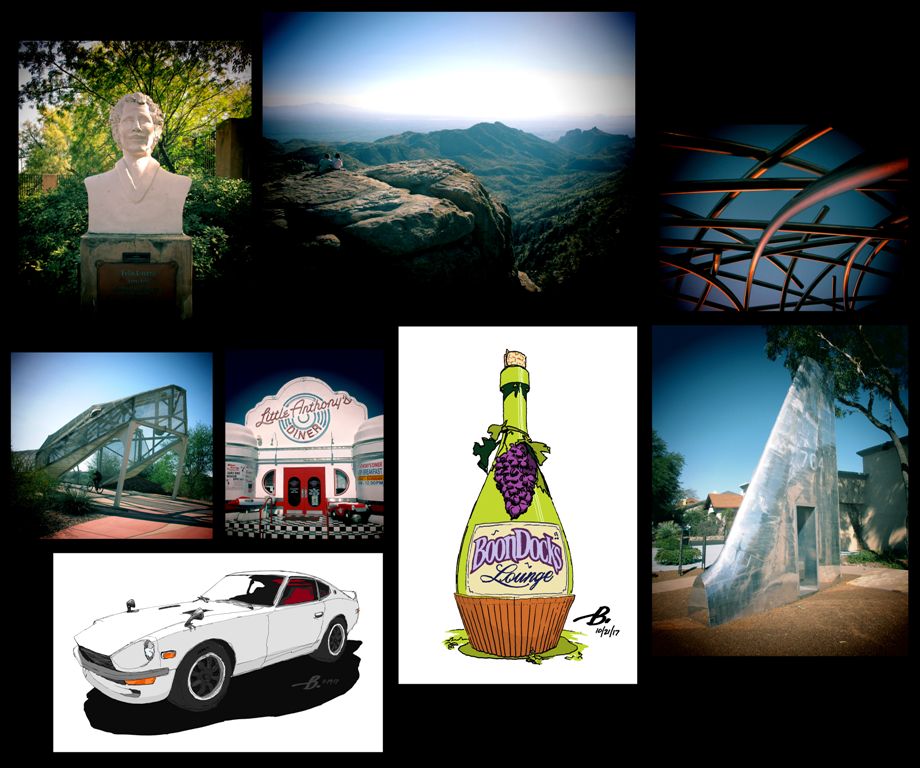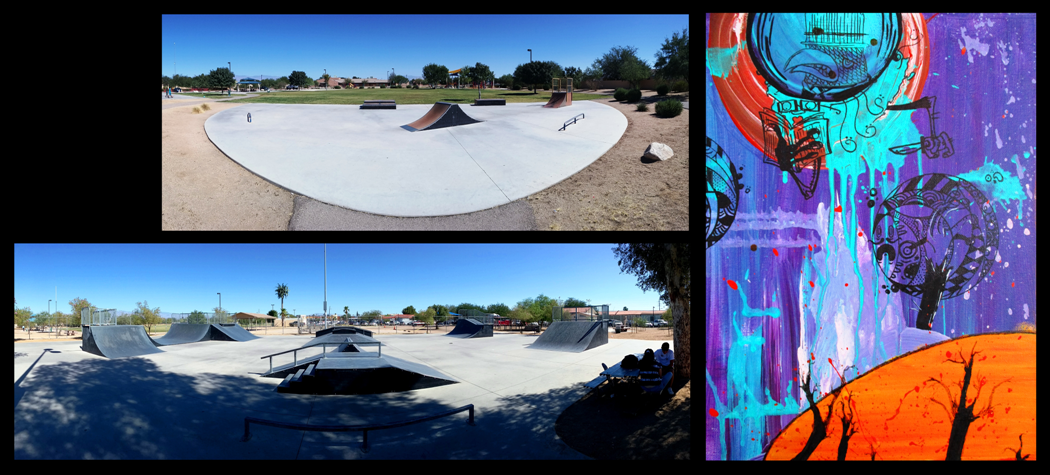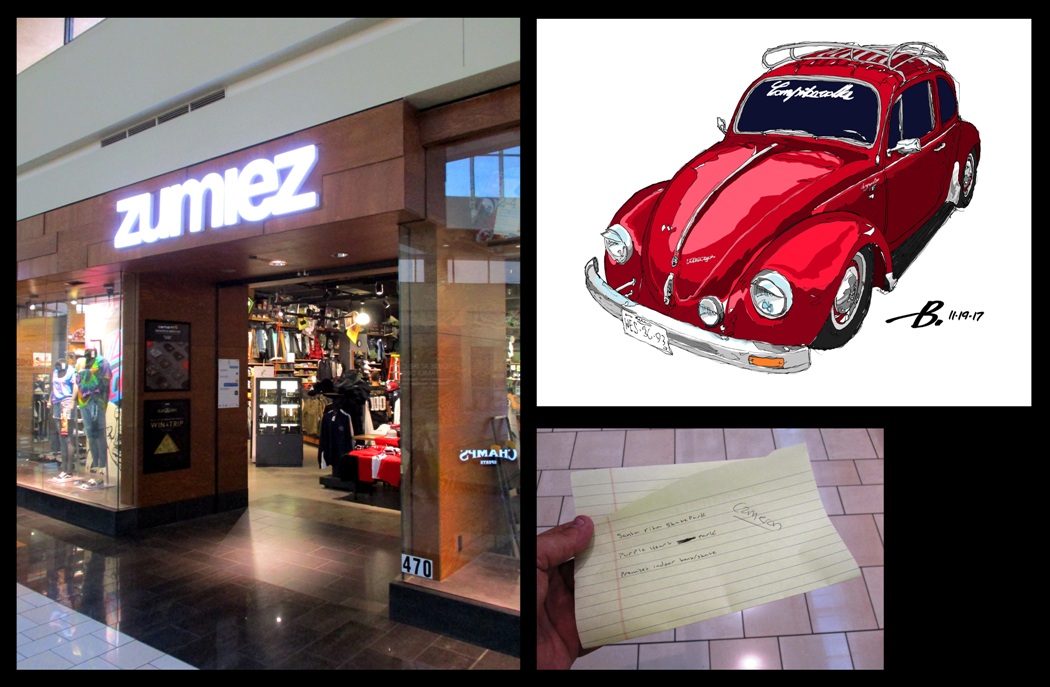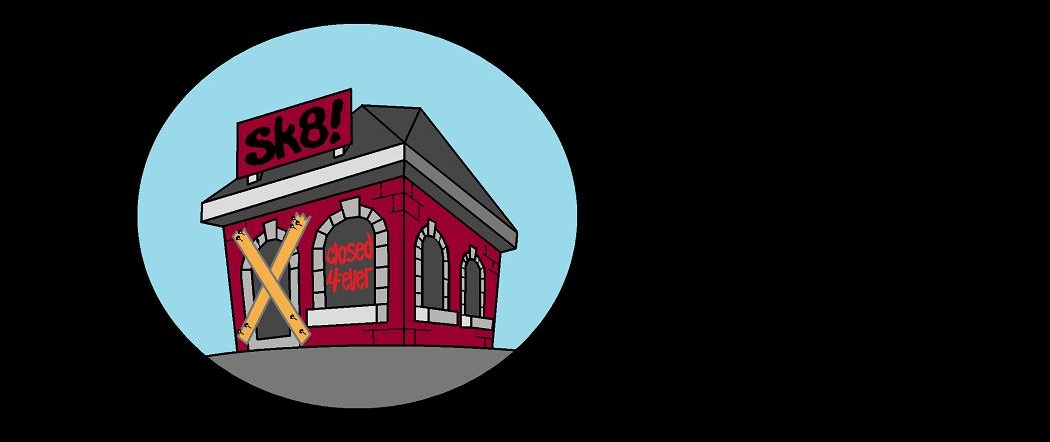Paradigm architecture. If I had to whittle my twenty-five (or so) years of work in the skateboard industry into a couple of quick words, these are the two words that I would personally choose to use. In layman’s terms, I would define that as the empowering, enabling, and execution of new ideas. New ideas are not always popular. Michael [Brooke, of Concrete Wave Magazine] once told me, as he’s told so many others, this tired (but true) cliché: “First, they make fun of you. Then, they fight you. Then, you win”. It holds true over so much of mankind’s human history that it’s almost nauseating. But it still remains sickeningly applicable nonetheless.
Everything Skateboarding is an aggregate experiment of a whole host of new ideas. Some will be popular, some won’t, and some will surely elicit some pretty extreme reactions, both positive and negative. So be it. Here’s the hard-hitting bullet-point laundry list of what I set out to do with the newer, bigger, cleaner iteration of Everything Skateboarding, just so everyone knows why I do all the weird stuff that I do:

The Death of Paper
It’s a bit ironic that I’m coming into this project after spending the better part of the year as Concrete Wave’s Executive Director- a title that I liked so much that I decided to keep it here at Everything Skateboarding.
Even though it was really great while it lasted, and I certainly enjoyed (and learned a lot from) the experience… my heart wasn’t completely into it. At the end of the day, I still can’t see why we’re chopping down trees to print information and inspiration onto paper, copying it by the thousands and tens of thousands, making it ridiculously difficult for idea consumers to find, and then selling it to them as some sort of punishment for their diligent search for enlightenment. It costs far too much for everybody… the advertisers, the publisher, and the readers… and makes far too tiny of a footprint in terms of exposure and eventual effectiveness. And it still seems environmentally stupid for us to kill all of those innocent trees for such a limited-ends result, no matter how great the final printed product might be.
If “ideas really want to be free”, then maybe we should start by actually making ideas free so that they can spread with a minimum of profiteering paradox holding them back. The goal, then, was to create a paradigm that didn’t murder trees, had a global footprint, and was absolutely free for the reader to experience and enjoy. Thankfully, that paradigm was architected eons ago. It’s called The Internet.
At the same time, I do love the look and feel of traditional skateboard magazines. Especially the independent skateboard media, best represented by the ‘zine scene. That do-it-yourself, cut-and-paste, punk-rock, fuck-the-world attitude still appeals to me, all these years later. So, that was the first challenge: to create a web presence that had the general look, feel, and function of a traditional magazine, while existing on the all-access platform of the world wide web.

The Reincarnation of The Blog
The first iteration of Everything Skateboarding ran from 2009 to 2013. Technically a blog, it functioned much more like what I outlined above: as a free-to-read, internet monthly magazine. Complete with a staff of like-minded troublemakers, including AJ Kohn (our freestyle correspondent), Ron “Fatboy” Barbagallo (our slalom guy), Keith Gillogly, Dan Gesmer… and even Michael, when he had something to say that wouldn’t float or fit in the mag. You can still read the text here, although you can’t see any of the photos anymore; the profiteering assholes at Photobucket are holding them hostage, and I refuse to enable their moneymaking lusts by paying their outlandish demands for their release. I swear, money ruins every good thing eventually. The miscalculating crooks at Photobucket are a most excellent case in point.
Technologically speaking, Everything Skateboarding was not “impressive” at all. It was amateurish at the very best, and hopelessly inept at the very worst. Mostly, the latter. However, it garnered a pretty big fan base and a loyal following by doing something that the “professional skateboard media” hasn’t done in decades: we actually said stuff. We wrote about important, consequential topics. We talked about real things, and real issues, in real ways, and made no apologies whatsoever for having done so. That proved a very important point: that compelling content will beat slick programming, every single time. That lesson, hopefully, has remained relatively unchanged in the interim.
I was always pretty proud of my craptastic art direction, too, although I had no right in the world to do such a thing. That got a lot of rave reviews, although I still can’t figure out why. Maybe big, bold, colorful, sloppily drawn stupid things appeal to people- I don’t know. In any rate, the compelling and consequential writing, the photography, the imagery, the art direction… these things were the point of departure for the newer, bigger, slightly better (but still hopelessly inept) effort that you’re reading right now. Including, worst of all, that white-on-black colorway. I’ve gotta admit, I do rather enjoy breaking “the rules” as often as I can. I’m a skater. It’s what I do.

The Visuals
I never said that I was a great artist. I never even said that I was a good artist. I’ve never even claimed anything above and beyond “crappy” throughout my entire adult life, and I still stand solidly by that assertion, well into my middle age. Everything Skateboarding, however, is at it’s very core, a creative pursuit. That means it’s meant to be, feel, and look, “arty”.
Being “an artist”, I do like to throw outlandish restrictions upon myself, and creatively work within horrendously limited means most of the time. I like creating something out of virtually nothing; in my world, that’s art at it’s best, even if it ends up looking like art at it’s worst anyway. “Do More Damage With Fewer Resources”, that’s my motto. And every skater worth their salt will readily and easily relate with that core philosophy.
The visuals of the website reflect, if nothing else, an uncompromised Do-it-Yourself ethic. Everything you see here was created with Windows 2007, a super old Microsoft Office suite, Sharpie markers, copy paper, stock Paint programs, and a point-and-shoot camera. Any kid could use the very same easily-accessible tools that I used, and get some pretty neat results out of them. Maybe even far better results than I could ever achieve. Hopefully, I’ll inspire them to do exactly that.
This isn’t just crappy art, folks. This is crappy art with a purpose.
I did end up inviting a whole horde of relatively unknown artists (with actual talent, unlike me) into the fold, to contribute to the visuals of the site. Many of them accepted, so you’ll see far more artwork sprinkled throughout the articles in the next issue than you will in this issue… and this issue is remarkably art-heavy already. Media is, after all, a great way to share beauty, and to promote lofty ideals. I thought that having guest artists showing their work on our pages was a great way to advance those aims.

The New Editing Philosophy
I was particularly proud of the team that I had assembled over at Concrete Wave Magazine, and what they had accomplished under my brief tutelage while I was there. Naturally enough, I brought that fuck-all, do-whatever-you-want ethos right to the table; they, in turn, ran amok with that, and created some extraordinary content in the process. I do live for the freedom of doing and saying whatever I want, whenever I want, and however I want, with a minimum of editorial fluff and fuss, and I suspected that my staff probably lived for much the same sort of stuff. Anarchy does, after all, win every time; “professional editing” usually only serves to edit the enthusiasm, insight, and energy right out of every bleedin’ thing imaginable. No, sir, “traditional editing” just had to go. There had to be a better way.
Here at Everything Skateboarding, articles are critiqued– not edited. Writing is an art, not a “product”… and I heartily encourage the staff at every turn to see it the same exact way. I challenged my staff to freely experiment with their writing styles, and to try new things without the fear of some fucking “editor” pointing out all the flaws and the fidgets along the way. I also asked them to try their hands at art direction, photography, illustration, painting, and a thousand other things that nobody in their right mind would ever ask a writer to do. It’s paying off; things are moving forward, everybody seems happy enough, and nobody’s died yet, so the future looks pretty damned bright from my lofty perch. It’s amazing what sorts of results you get when you stop squashing people’s spirits, and start letting them be their own uninhibited selves for a change. If you nudge them forward along the way… sometimes, even a little forcefully… even better.

The Staff
When I finally decided to plow forward with my nefarious e-magazine plans, I decided that I didn’t want to go it alone; I wanted the guys and gals that I had brought together to come along for the funtastic ride. They all lined right up, and enthusiastically signed on to the fun-and-freedom program. I couldn’t promise them ridiculously big paychecks, of course. But I could promise them a damn good time, and a huge measure of self-determination and self-definition. Turns out, freedom and empowerment still sells, and sells pretty well these days. Who woulda thunk it…?
Jim Goodrich, Daniel Fedkenheuer, Chad Thomas, and Tony Gale are the newest additions to the Everything Skateboarding staff, along with Everything Skateboarding alumni AJ Kohn, Ron “Fatboy” Barbagallo, and Mr. Gesmer. The goal here was to strike a balance between experienced wisdom, and youthful exuberance. A whole host of colorful and animated perspectives and opinions, all rolled up into a Brain Trust of the best and the brightest that our industry had to offer. Again, I merely had the big-picture vision. They made it happen, and they made it work brilliantly. My hat goes off for each and every one of them, and I could never thank them enough for their hard work, their dedication, and everything that they’ve brought to the table.
Everything Skateboarding is not a fascist regime, nor are we a self-appointed cool club. We actively encourage anyone with a few words to say, a good grasp of spelling and grammar, and a distinctively unique writing style to stand up, stand tall, come to the table, and say their piece. This month’s guest Perspectives purveyor, Lew Ross (of Fickle Skateboards), embodies that paradigm pretty perfectly.

Stealing The Ethos
The defining philosophy of Concrete Wave Magazine was that everybody should skate, and that there should be a skateboard for everybody. No questions asked, no excuses accepted, and no apologies given. “Inclusion” was the single-minded concept, and Michael… to his immense credit… has spent years, literally years, battling for a greater sense of even-handed inclusion in skateboarding. That was really great; I make no bones whatsoever for stealing that ethos along the way, myself. Men, women, straight, gay, bi, trans, young, old, middle-aged, white, black, brown, yellow, red, Christian, Jewish, Muslim, Taoist, Buddhist… you name your divisiveness, and we’ll fight it (and win) with an open invite to be a part of the best recreation, pastime, and performance art (but never “sport”) on the planet. Michael, we all owe ya one for that. Hats off to you, good sir.
There are lots of disciplines within skateboarding, although you might not know that by reading the mass skateboard media. Street, mini ramps, vert, bowls, pools, skateparks, freestyle, flatland, slalom, longboarding, downhill, racing, dancing, cruising… skateboarding is a cornucopia of divergent options, all defined commonly by a plank affixed to some number of turning trucks and wheels. “Some number of turning trucks and wheels” not always being two trucks and four wheels; no, even that commonly-construed definition is far too restrictive for my libertine tastes. In doing so, you’re forgetting that Lonnie Toft’s Outrageous Eights had a massive sum of four trucks and eight wheels. Now, if you want to argue with Lonnie Toft over whether that’s a skateboard or not, well then, go right ahead; I suspect that you’ll find that arguing with Lonnie Toft about anything skate-related will be an immediately losing proposition, because Lonnie Toft is Lonnie Toft and you’re not. We also had Chris Chaput’s six-wheeled slalom contraption from the mid-2000’s that “didn’t count” on the slalom scene because it won far too many races, far too easily; if you think arguing with Chappy is going to be any easier than arguing with Lonnie, then you’ve got another thing coming, bub. Lastly, we have land luges, skateboards specifically designed for laying on your back at breakneck speeds. If that’s not skateboarding, then neither is the classic surf-skate-style coffin, a skateboard trick executed… egads!… while lying flat on your back.
Yes, friends and enemies, these things are all skateboards. Different flavors of skateboards, perhaps, but still skateboards nonetheless. If you can’t bring yourself to agree, then go cry yourself a river somewhere and shut up. This is a skateboard magazine, and those are skateboards. That means we’re covering them. All of them.

The Periodical Paradigm
Everything Skateboarding is published monthly. Every month will be a new “issue”, just like a paper magazine. We’ll have regular columns and feature articles, just like a magazine. We’ll have advertisers, just like a magazine. We’ll have art, music, recipes, travel tips, trick tips, and product reviews, just like a classic skateboard magazine. We’ll have all the “back issues” archived on the website, even better than a magazine. But we’ll also be able to embed music and video into the mix, which is completely beyond the potential of paper media. The best of both worlds! See?! I wasn’t kidding around about that.

Advertising
Advertising at Everything Skateboarding is an astoundingly inexpensive proposition. That’s pretty revolutionary, in of itself. Fifty bucks; that was my baseline goal. The rationale was that I wanted any company, huge or tiny, to be able to afford to advertise here. Even the smallest of small companies, on the tiniest of threadbare advertising budgets. That was super important to me, because these small companies represent the very grass roots of skateboard marketing and manufacturing. They bring a lot of new ideas, novel perspectives, and fresh air into our otherwise stale skate industry. I obviously support that sort of stuff. So, naturally enough, I intend to support them in any way I possibly can.
Achieving that preposterous goal was made possible by architecting a paradigm that allowed for these companies to participate on an unusually even footing. Web publishing is far less expensive then paper printing by nature; our costs are far lower, so we can pass those savings right on to the advertisers. We saved even more money by using a readily available content management system, only slightly bastardized to suit my warped and twisted tastes. It may not be the glitziest and most market-savvy presentation around, but it fully allows us to do it by and for ourselves, to do it independently, and do it extremely inexpensively. Say whatever you want about our methods, the bottom line is that they do the job. And that’s all they ever needed to do.

Advertising Ethics
I have also seen, first hand, what can happen when the media is forced into a position where we have to pander to the advertisers… the journalistic integrity and honesty of the media suffering all along the way… to make ends meet, and to keep themselves in a plushly profitable position. It’s not pretty, and it’s definitely not honorable. That had to change, too. I simply wouldn’t have it any other way.
Everything Skateboarding is independent and revolutionary in nature. And any entity that seeks to remain independent and revolutionary must remain staunchly and diligently independent of monetary influence and control at all times. This manifesto mandated that we remain essentially and perpetually not-for-profit. All advertising proceeds will go toward paying the staff, and paying them reasonably well, while the rest is earmarked for various skate-related charities and causes. Everything Skateboarding strives to break even every year; no more, no less.
Naturally, not-for-profits get all the free advertising here that they want, no questions asked. It’s the very least that we could do to help their noble and charitable causes.
This not-for-profit paradigm also allowed us the unfettered freedom of being extraordinarily selective with who and what we allowed to advertise here. From Day One, any company that wanted to be represented here had to be independently skater-owned and operated; mega-corporations and non-skater-owned entities are universally and unapologetically unwelcome here at Everything Skateboarding. If we’re going to subject our readers to advertisements at all, we felt that at the very least we could do is make damn sure that the advertisers (and their products) are at least credible in the eyes, hearts, and minds of the intended readers. That core credibility might well preclude us from being multi-zillionaires anytime soon. Oh, well. So be it.
Core skate shops get the knock-on benefit of seeing advertisements from the newest, hottest, and most cutting-edge brands in the marketplace. The readers see the same thing the shops do. And those brands get the benefits of being seen by a discriminating readership. Everybody might want to make a mental note of that.

Promotion
Again, this is pretty neat, new, and novel. Most websites rely on “search engine optimization” to drive traffic to their website, and their content. The articles at Everything Skateboarding are pretty SEO friendly, but the contents page definitely isn’t. That was intentional; we don’t give much of a shit about “internet performance metrics”. I’m not gonna drive traffic to pages that aren’t relevant to the reader, just so my readership numbers go up and I look like a publishing stud. I have too much respect for the readers for those sorts of shenanigans. If they want to read it, then they’ll find it and read it.
We decided early on to focus the bulk of our promotion efforts on social media (as you might expect); getting out of the office, traveling around, meeting people, and being sociable (which you might not expect); and via promotion through the traditional, stand-alone, independent brick-and-mortar skate retailers (the old-guy way). I’m not going to apologize for any of this, especially that retailer bit. It seemed like the right thing to do; somebody, somewhere, has to show some outward solidarity and support for this critical industry infrastructure. This is our humble, understated way of telling skate shops around the world, “Hey, you still matter to us. Even if everybody else has forsaken you along the way”.
At the end of the day, a search engine can only do so much to cultivate real enthusiasm and passion, and develop deep, lasting interpersonal relationships. Analog still wins one every once in a while, and that’s precisely what we’re banking on with this project. You can take your online metrics, your virtual “friends”, and your faux internet “community”, and stuff ‘em. We’re in the reality business over here, and building real relationships is what we’re all about.

The Illusion of Impartiality
Media these days is very quick to claim “impartiality”, but woefully slow to actually demonstrate it. Everything Skateboarding makes no claim of being impartial in regards to pertinent current events; to claim impartiality would be a waste of time, energy, and effort for everyone involved. Everything Skateboarding is activist in our coverage… and our stance on the brick-and-mortars that I referenced in the last paragraph is an excellent example of our stance.
One of the most pertinent problems plaguing our industry today is whether we should do anything at all to assist the core retailer in surviving the current competitive storm. And if so, what should it be? Everybody seems to be talking about it (privately), but nobody’s really saying anything about it (publicly). Seems kinda hypocritical, doesn’t it…?
Like most “industry insiders”… and probably just like most everyday skaters… I’m personally torn on the issue. On one hand, I desperately want to support the brick-and-mortar retailer in any and every way that I possibly can. On the other hand: that’s oftentimes a lot easier said then done. Especially when you’re faced with the paradoxical situation (like I do) where your “local, core skate shop” right up the street sucks asshat dingleberries on the customer service front, while your “local brick-and-mortar skate shop halfway across the country”… in my case, that would be Mike Hirsch over at SoCal Skateshop… treats you like a goddamned prize every time you call him up to place an order. I’m sorry, but that’s just totally fucked up. Something, somewhere, has to give. The Core Shop up the street needs to be better than this to survive the competitive retail slaughtering that, sad to say, is far from over.
To that end, we have not only focused our promotion efforts on those very shops; we have brought a regular column called “Let’s Talk Shop” to the forefront of our regular features in order to discuss, openly and honestly, core retailer issues in the public square from a multitude of perspectives. Sure, it’s pretty ballsy, maybe even “prohibitively risky”… but we’re not stopping there. No, sir, that’s just the beginning of our activist ambitions.
We are also working hard to eventually curate a condensed “Skate Shop 101” handbook that can be freely disseminated amongst all core retailers. We are actively calling on skate shops to band together within the mutually supportive sphere of a free-to-join, mutually supportinve skate-shop association. We are challenging individual brands and brand managers to take a skate shop under their wing, and actively mentor them in the interests of offering their experience and expertise to help those shops survive and thrive in today’s harsher-than-ever business environment. And we are calling on the industry to take clear, swift, unified, and decisive action to support this vital link between our industry, and our local skate scenes and communities. All of this is in the interest of helping core skate shops become far more customer-friendly, community-engaging, economically sustainable, and fiscally profitable businesses.
That’s activist journalism at work, right there. If the ends justify the means, then we’re totally okay with looking “mean” from time to time.

“Liking and Commenting”, The Old-School Way
You’ll soon find that the “comments” function has been disabled all across the site. Again, just like everything else, that was absolutely intentional on our part. The ability to leave a lazy, half-baked, horridly spelled and grammatically tortured soundbyte on every fuckin’ web page on the internet planet has only served to dumb down the very conversations that the media should be raising the bars and the standards on. If you want your voice heard here at Everything Skateboarding, then you’ll have to do it the old-fashioned-magazine way: compose a thoughtfully articulated and skillfully written letter to the editor, and send it in the ‘ol e-mail. If it’s thoughtful, skillful, and insightful enough, then we’ll be more than happy to publish it, and let you have your moment in the sun busting my balls. Anything less will be summarily File Thirteened; consider yourselves warned on that one. We’re the media, after all, and we take the media pretty seriously around here. At the end of the day, we exist to raise the bar on intelligent discourse, not to lower it.

Giving Voices to The Voiceless
I did something really brilliant last month, even though it didn’t seem like very much at the time. I hired an intern! I haven’t had an intern in eons, so naturally enough, I was a little shy at first… but Claudia really impressed Jeanette and I in her interview with her smiling face, her keen intellect, her enthusiastic energy, and her all-around positive vibes. Jeanette loved her practically at first sight; I don’t think I could have turned Claudia away, even if I had wanted to. But, I definitely didn’t have any intentions of turning her away at all. Her infectious enthusiasm apparently wins everyone over. Even old, fat, jaded bastards like me.
Claudia represents a voice that you will never, ever hear in the mainstream skate media. I doubt that any other skate magazine (or website, for that matter), would have ever given her the time of day. A young, intelligent, energetic, and endlessly enthusiastic college-aged lady that loves skate culture, she predominantly skates recreationally, for no other reason than the sheer pleasure of it. She is not at all what we would consider a “hardcore skater”, by any means. So, I immediately brought her into the fold; I never seriously considered doing anything else.
That might seem, like so many other things I do, to be a bit stupid and senseless at first glance. Isn’t this industry, after all, practically owned and operated by the most hardcore contingent in skateboarding? Ahhhh! As you can see, there’s a keen and calculating method to my apparent insanity bubbling just under the surface.
Again, I foresaw an opportunity to break yet another long-standing rule, and craft one more immensely productive cog in the big-picture paradigm. Although her voice has historically been horrendously underrepresented in our industry and our media, the fact still solidly remains that she is far more representative of the end reader than almost anybody else here. As such, she brings a fresh, new, wide-eyed perspective, and a big breath of fresh air to Everything Skateboarding. She has already started to make me look at skateboarding, our industry, and our retail infrastructure in a far different light than I would have originally imagined, while critiquing my articles like a true champ that doesn’t pull any punches with The Boss. Although technically an “intern”, she has assumed a de-facto staff position here at The Project. Welcome to the crew, Claudia. You’ll fit in really well here.
I think that’s a pretty good start for one night. I hope you find the introductory issue of Everything Skateboarding as informative, insightful, evocative, and entertaining as I have, putting it all together. I really do have the best job in the world, working with such an intelligent, talented, energetic, and passionate group of individuals that collectively curate such great stuff. Here’s to everybody… the staffers, the contributors, the advertisers, the promoters, and the readers… that made it all happen. See you next month.
Best regards, as always.

Bud Stratford, Executive Director, Everything Skateboarding
?>






